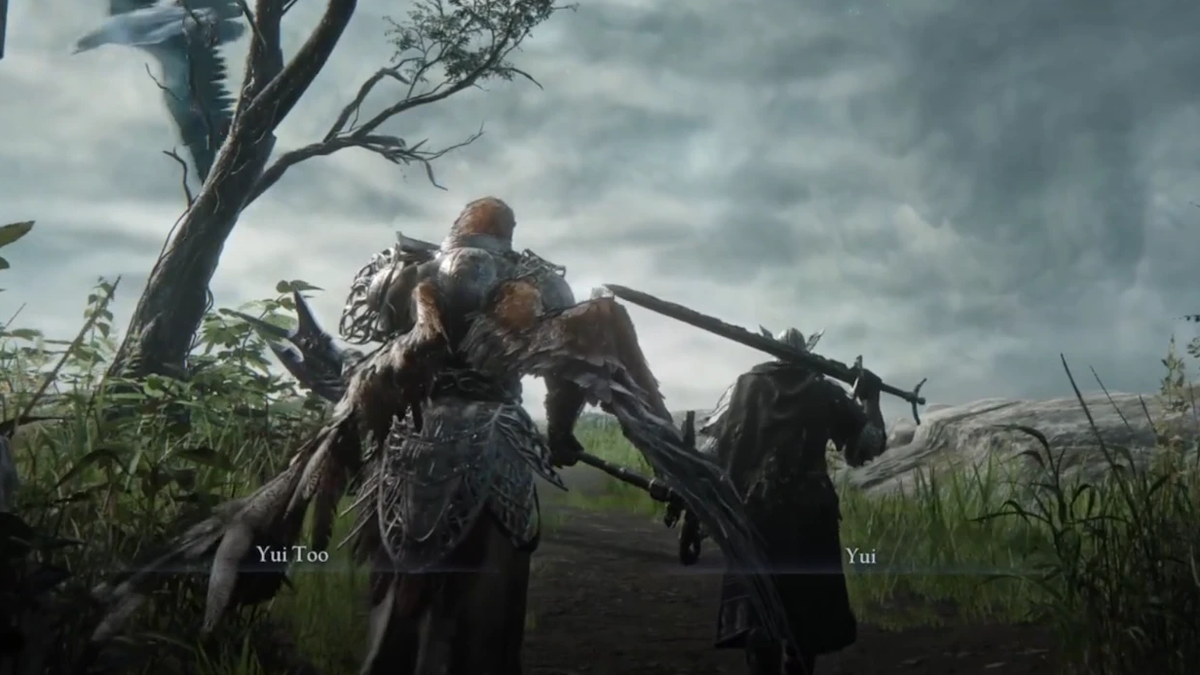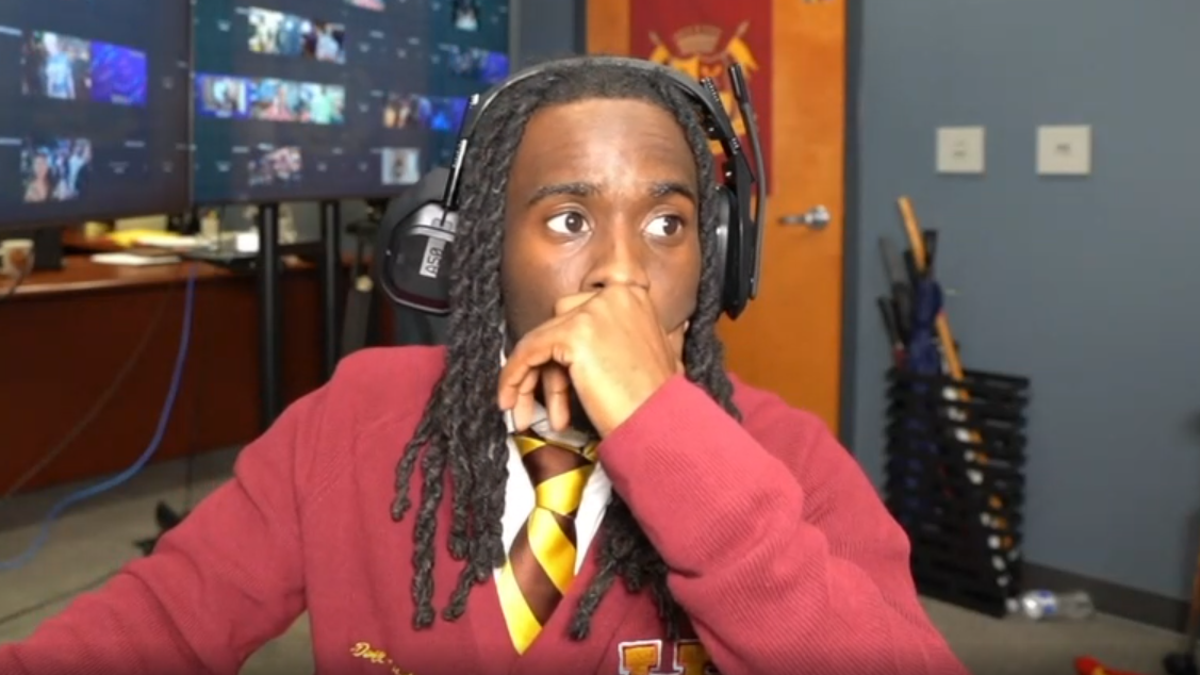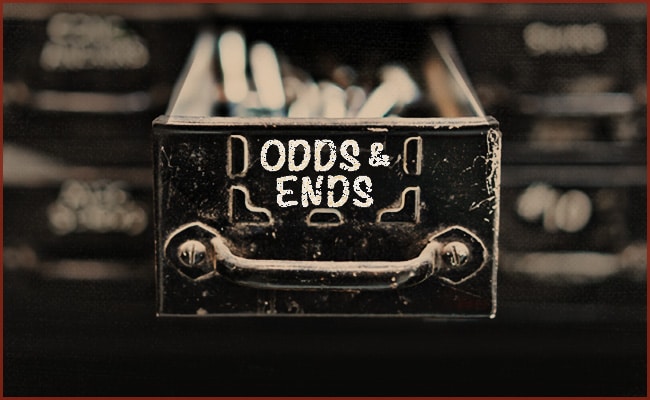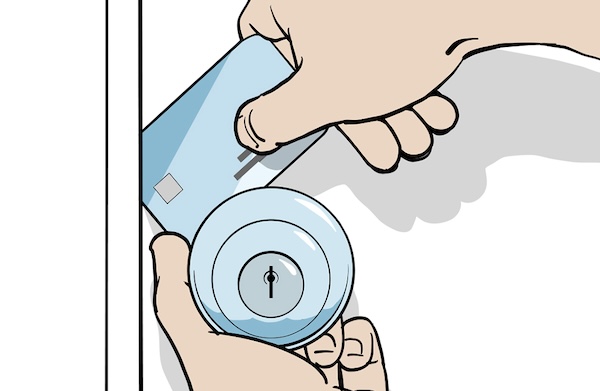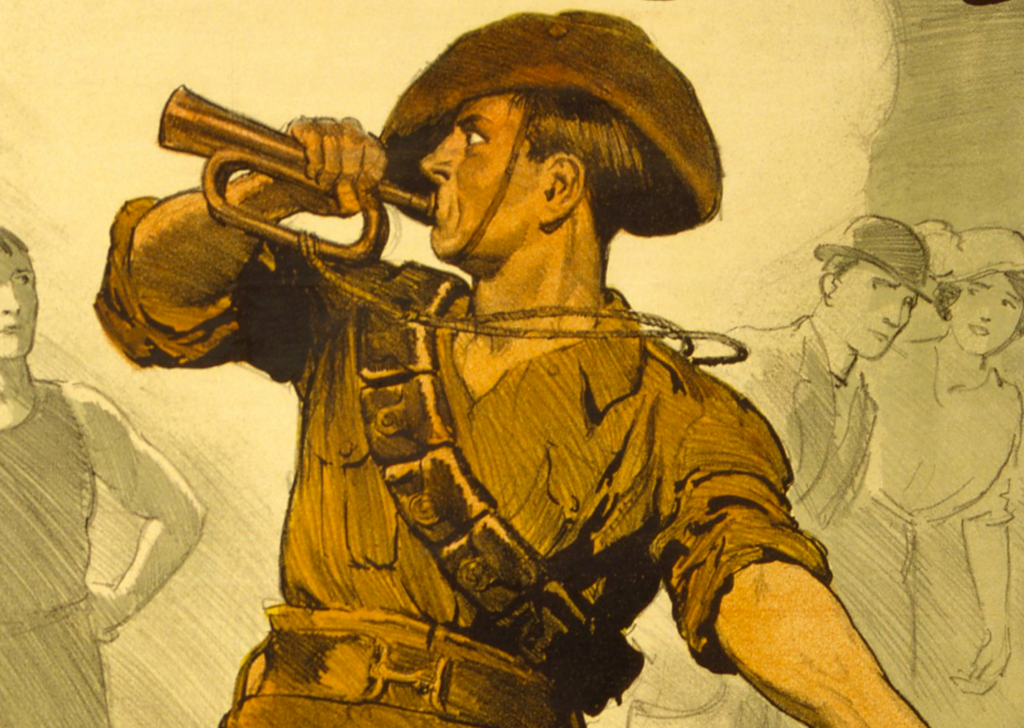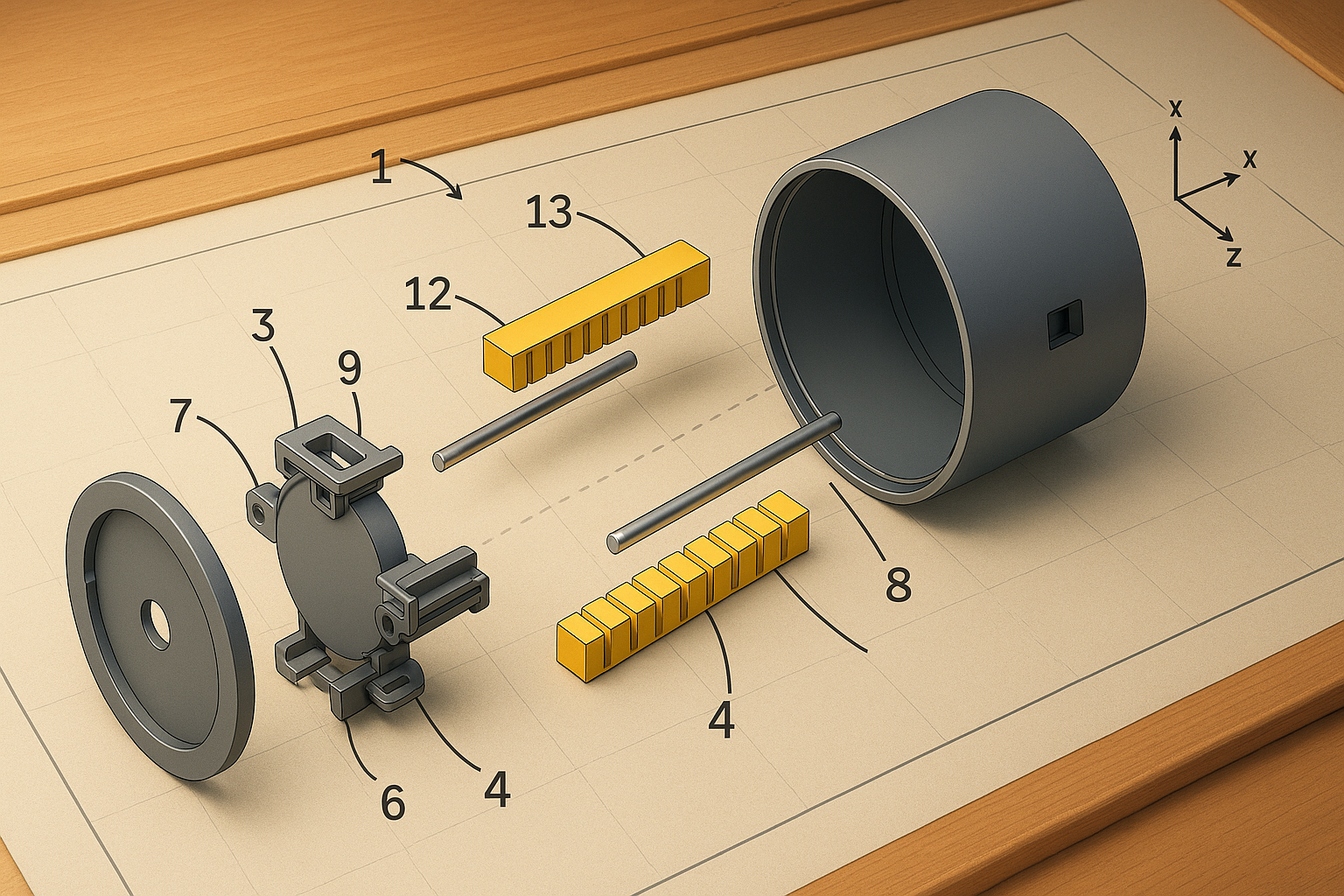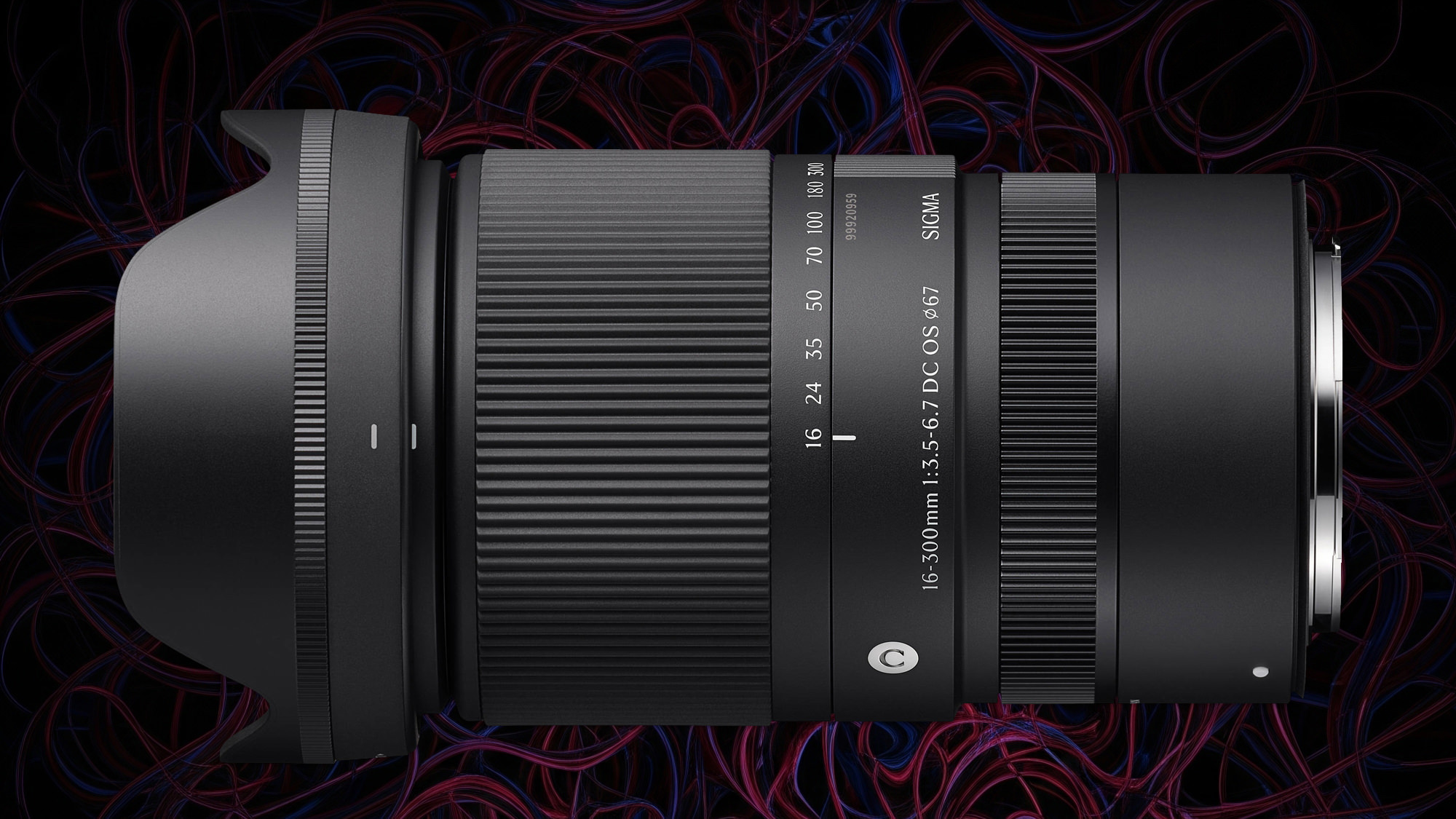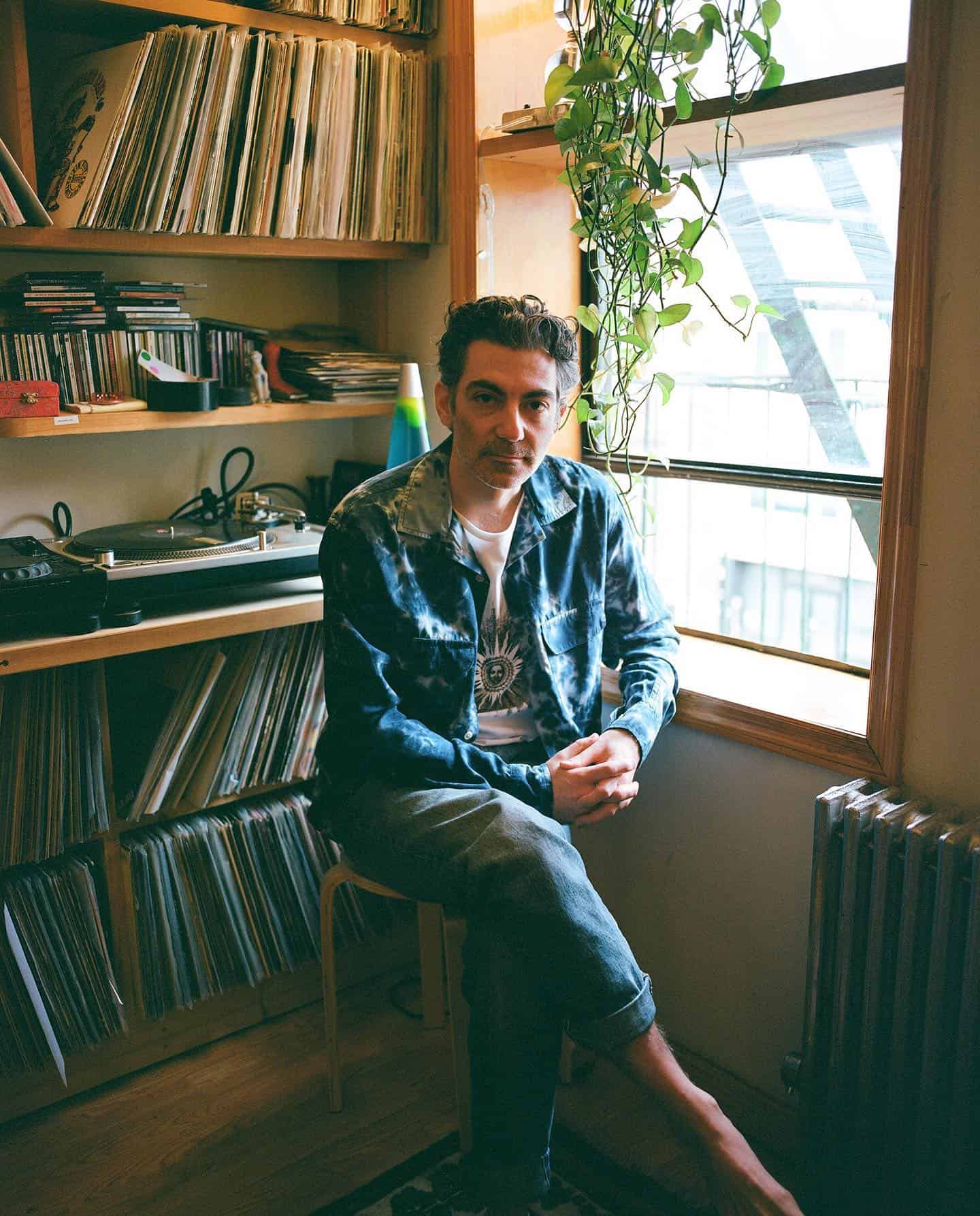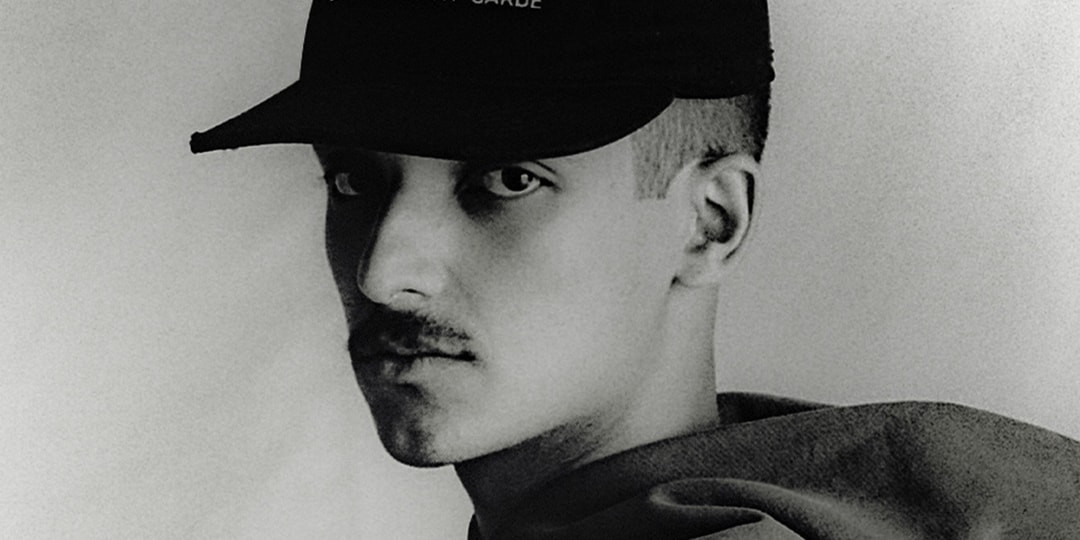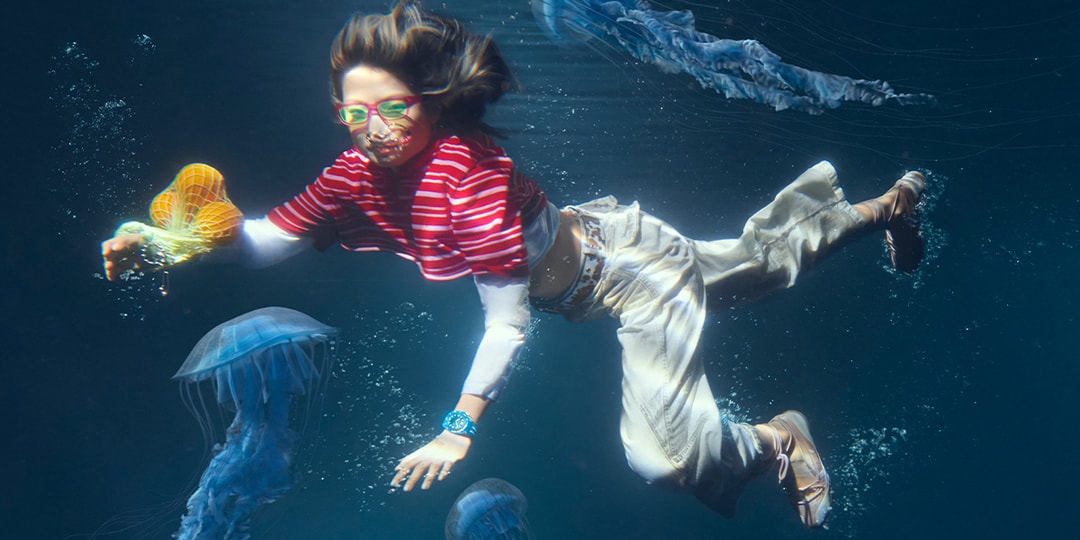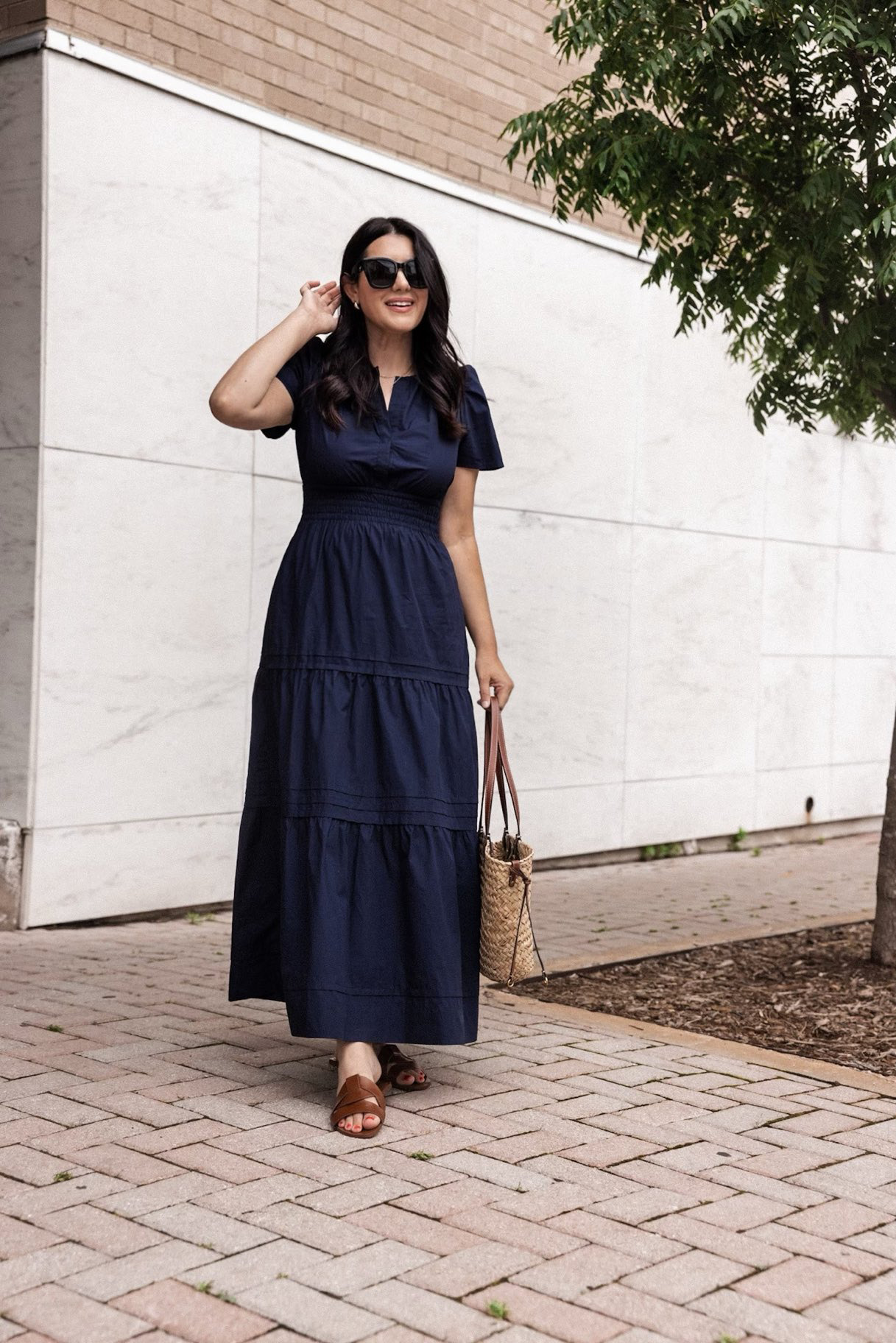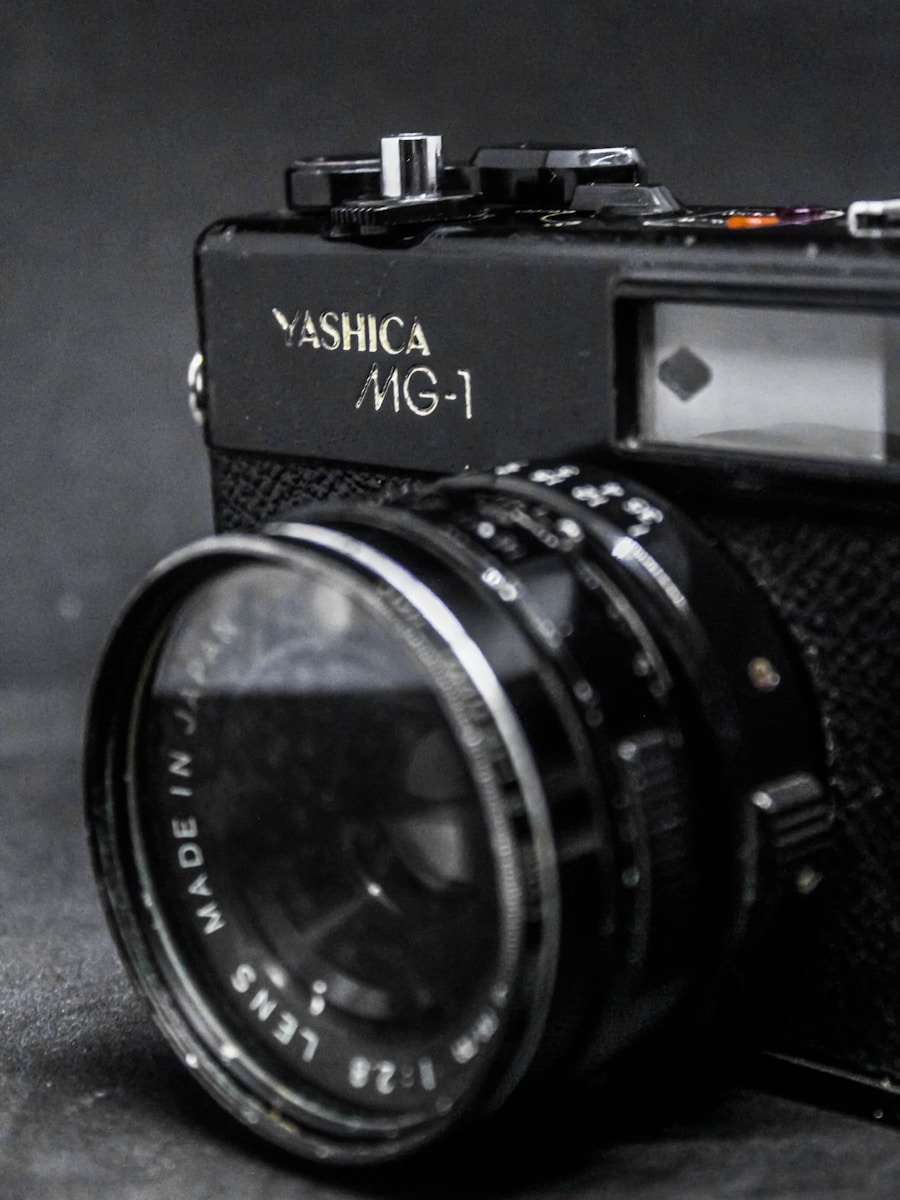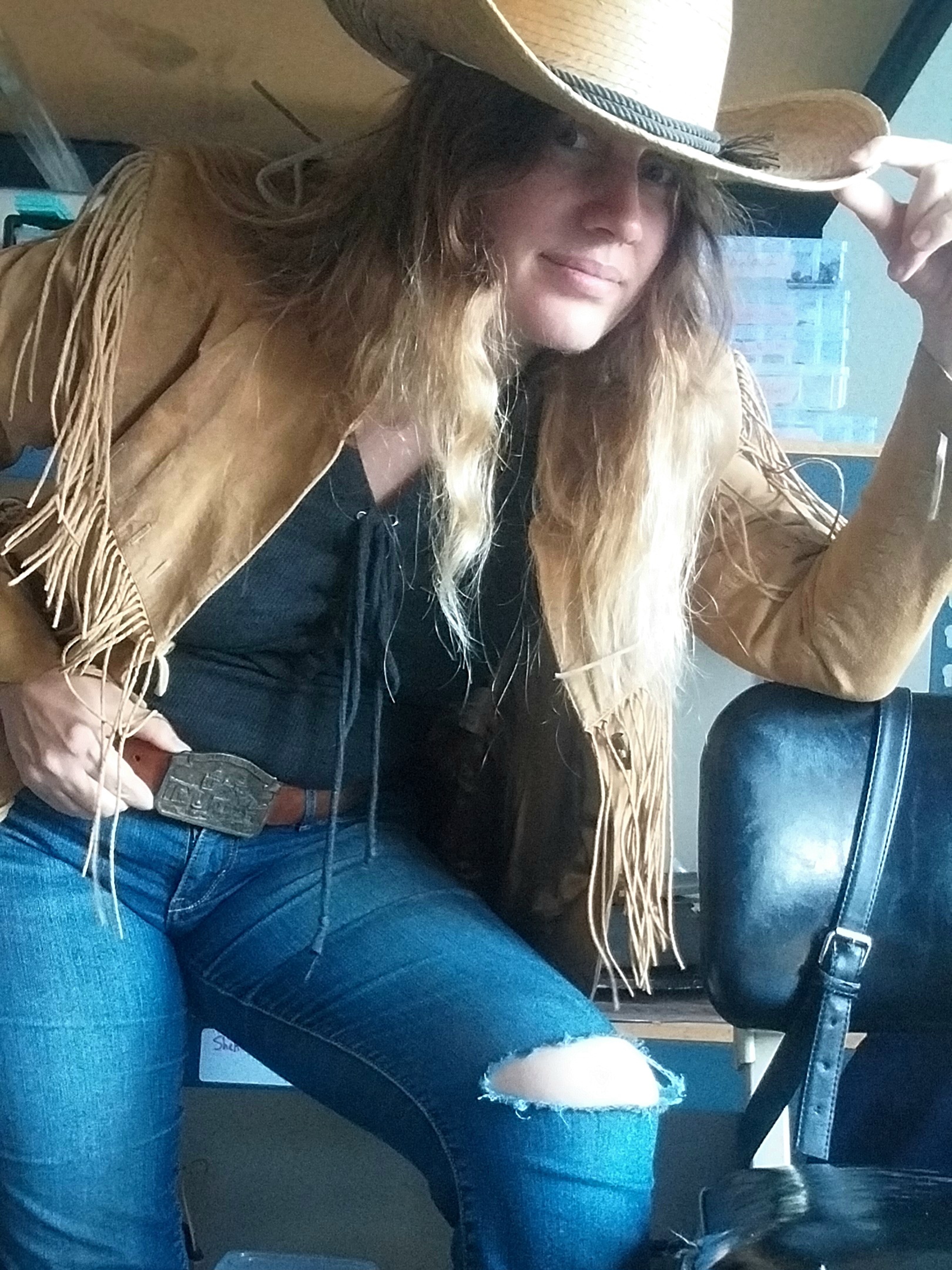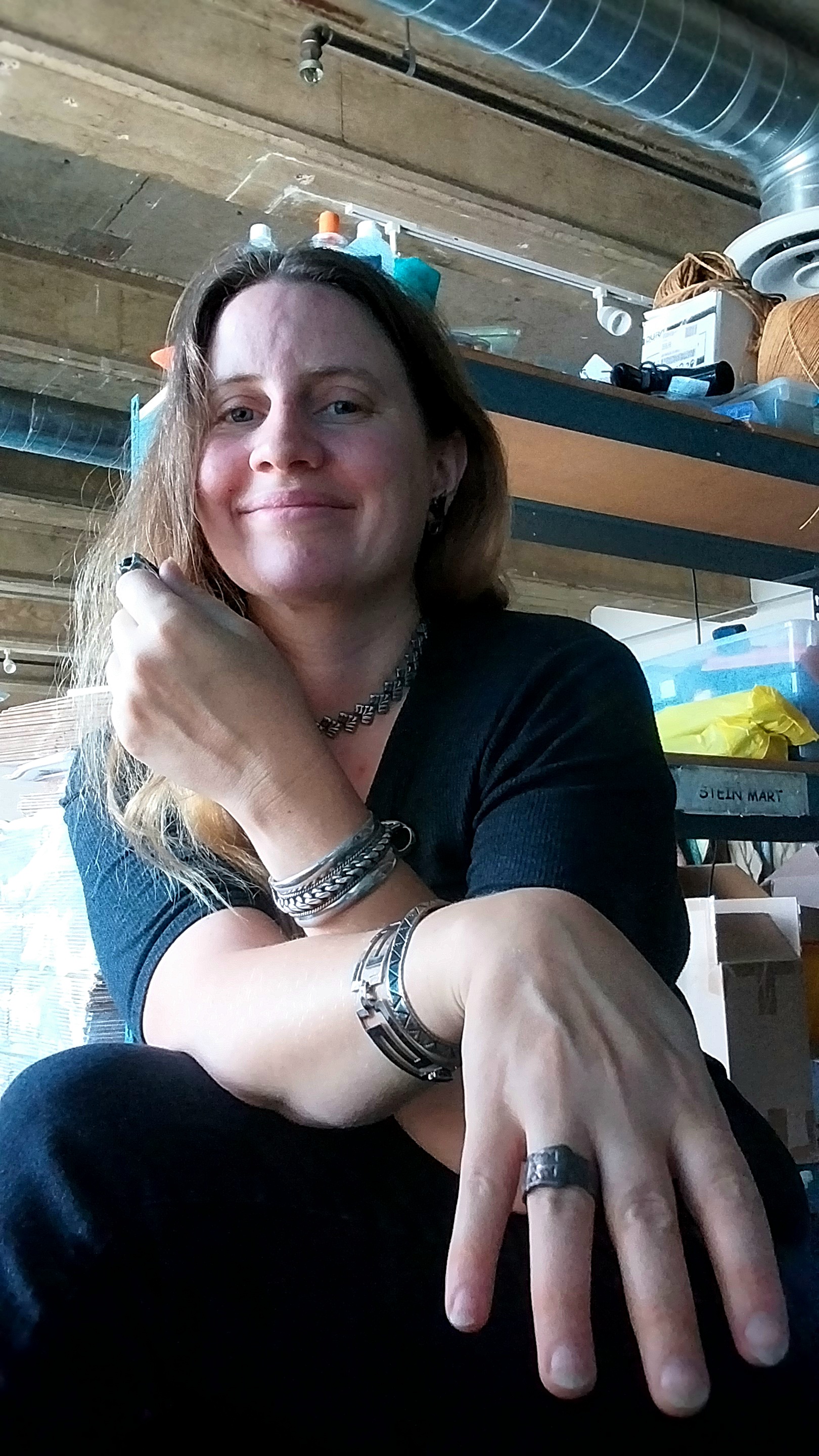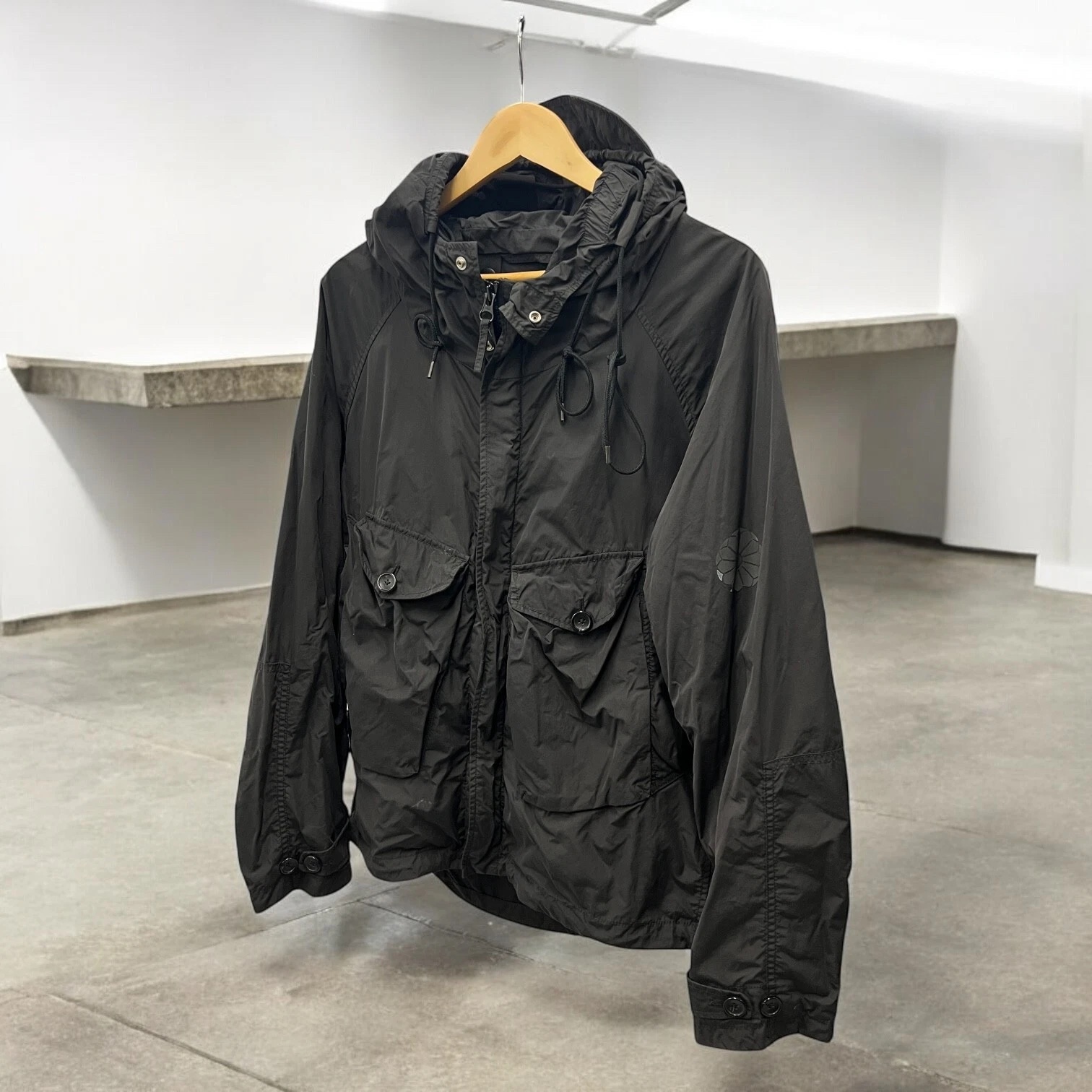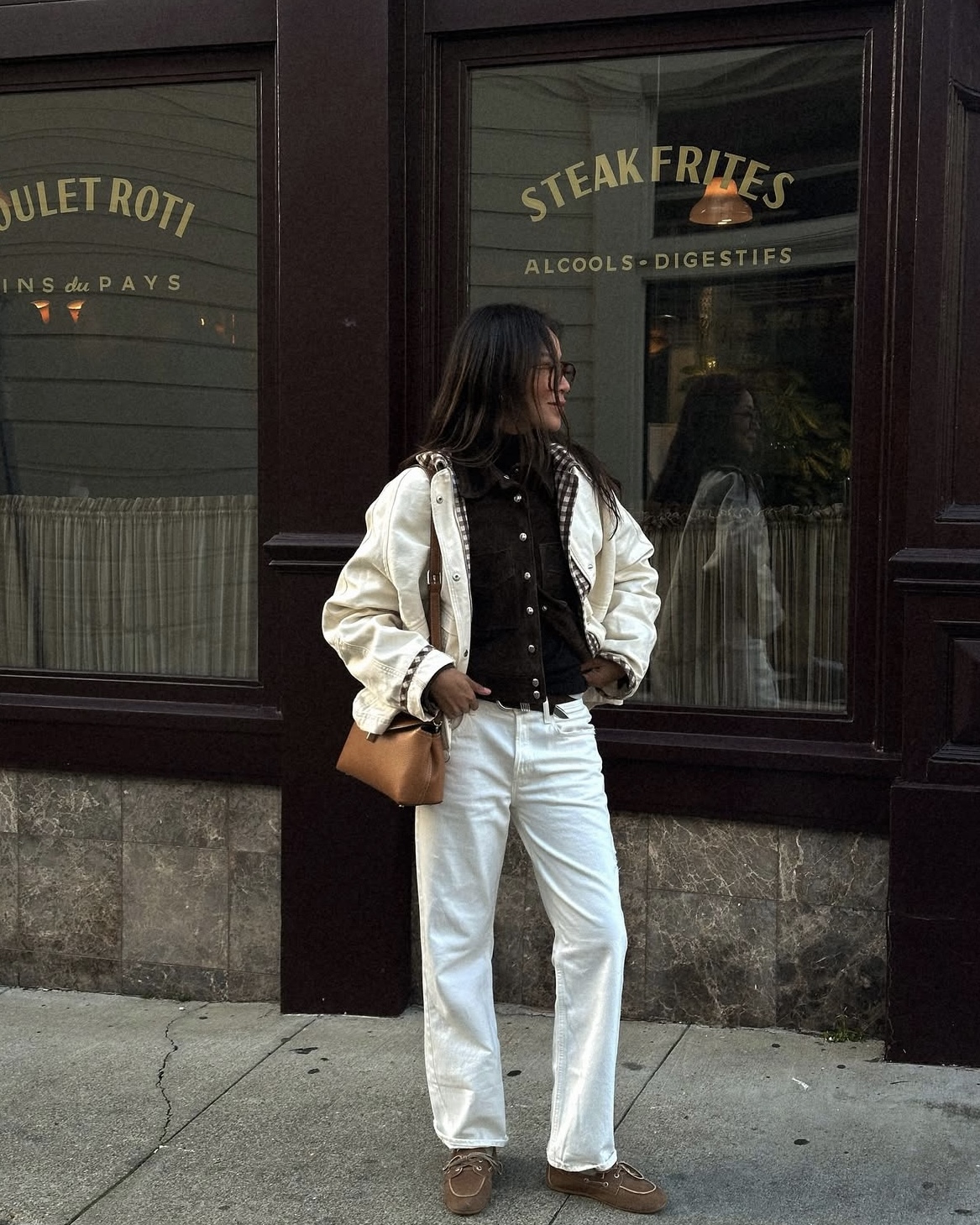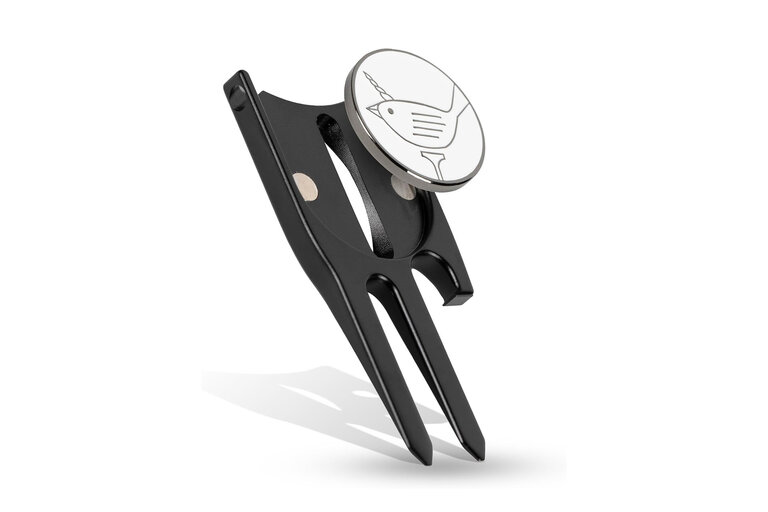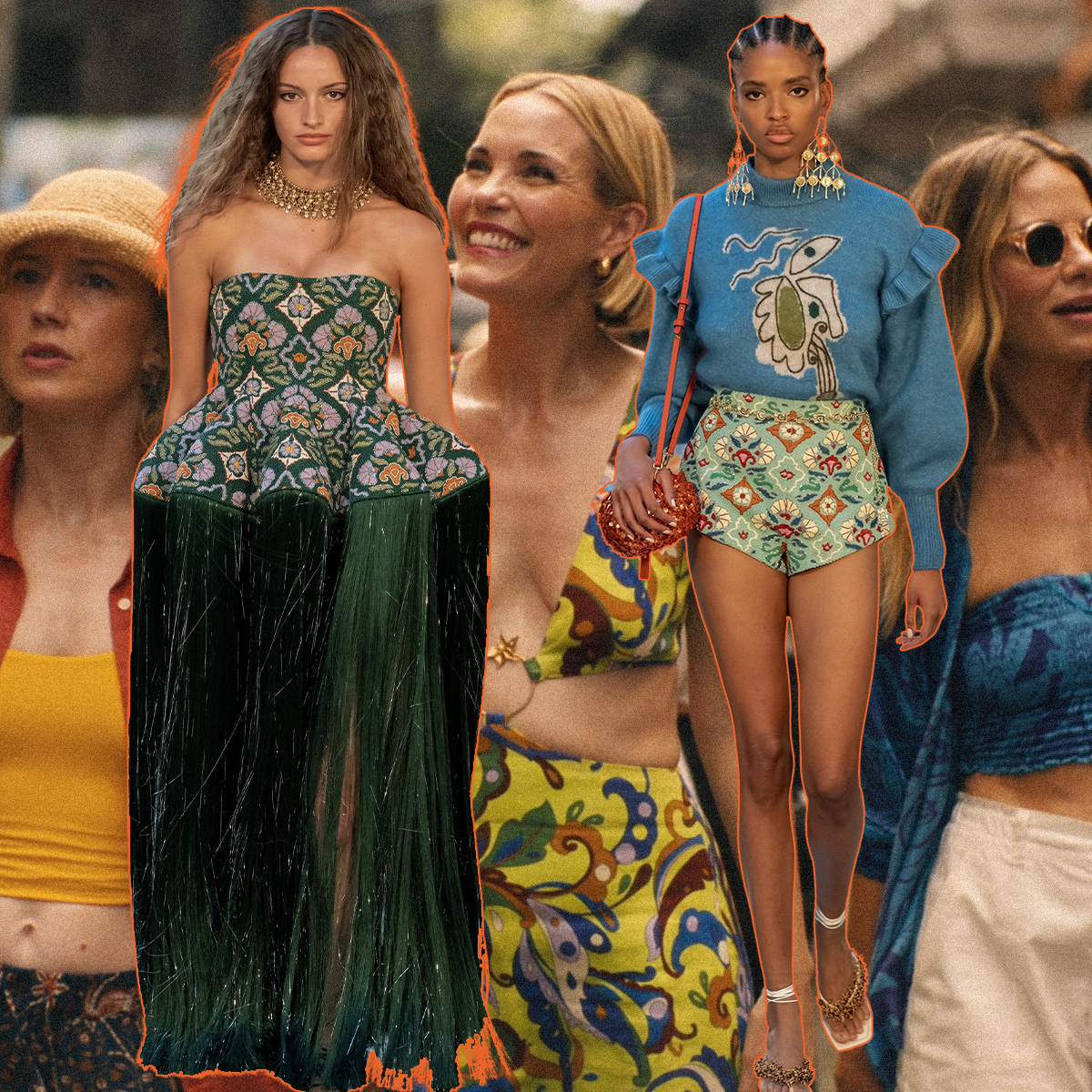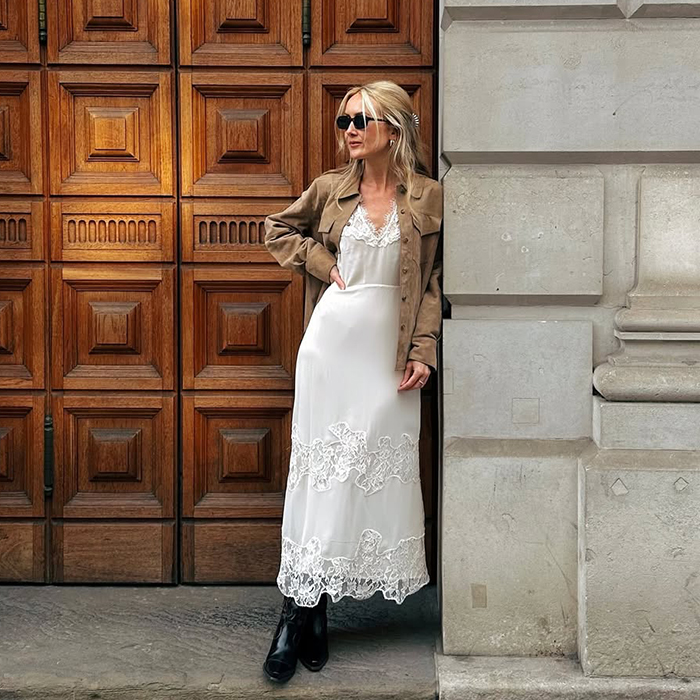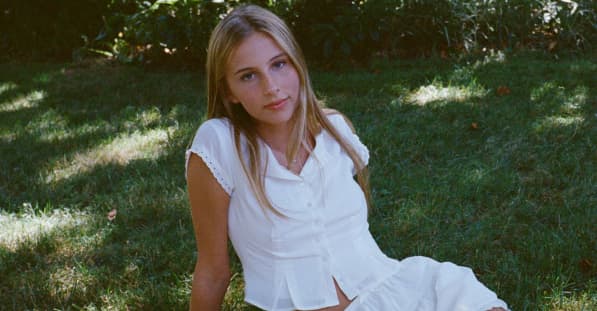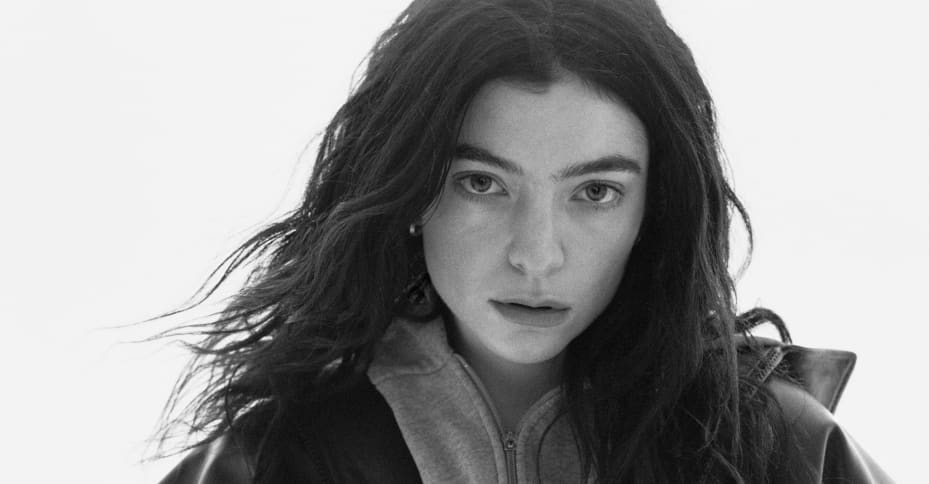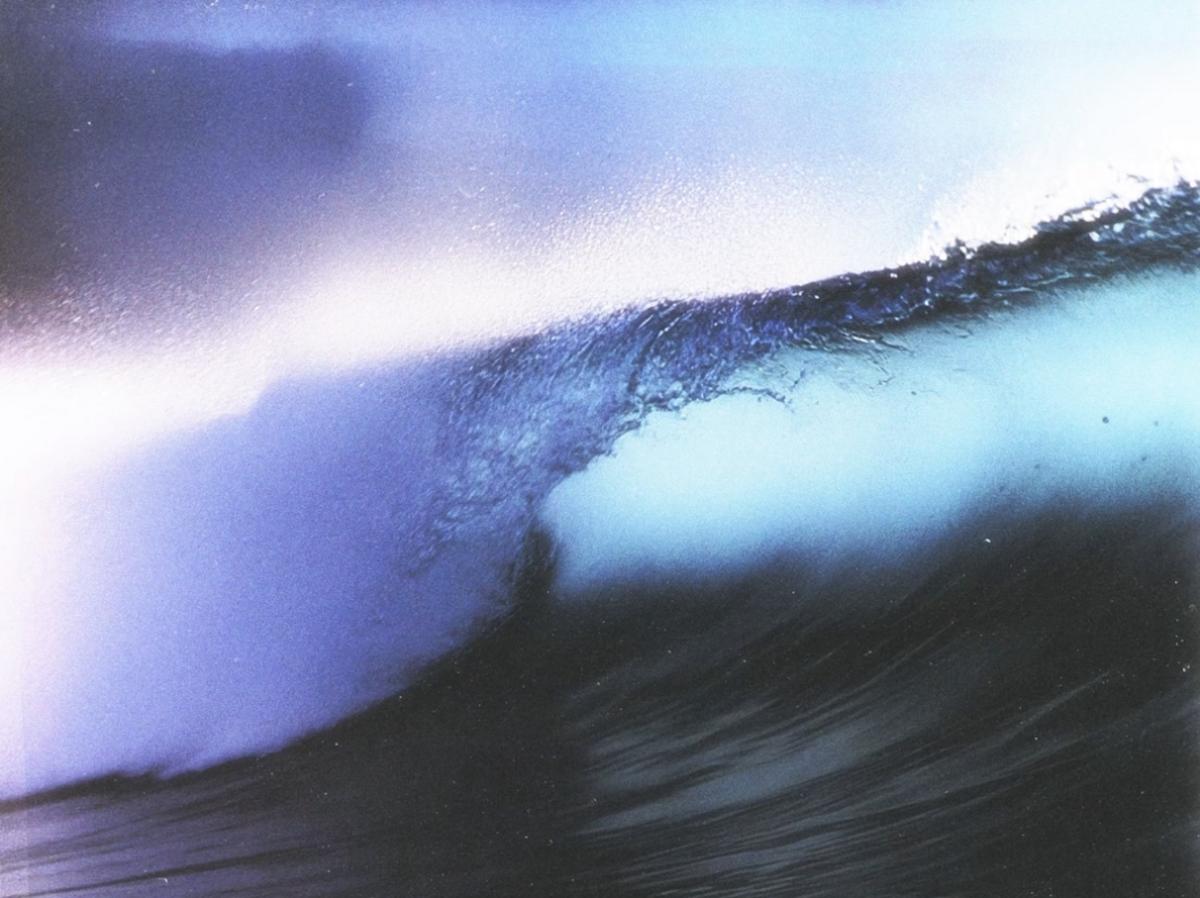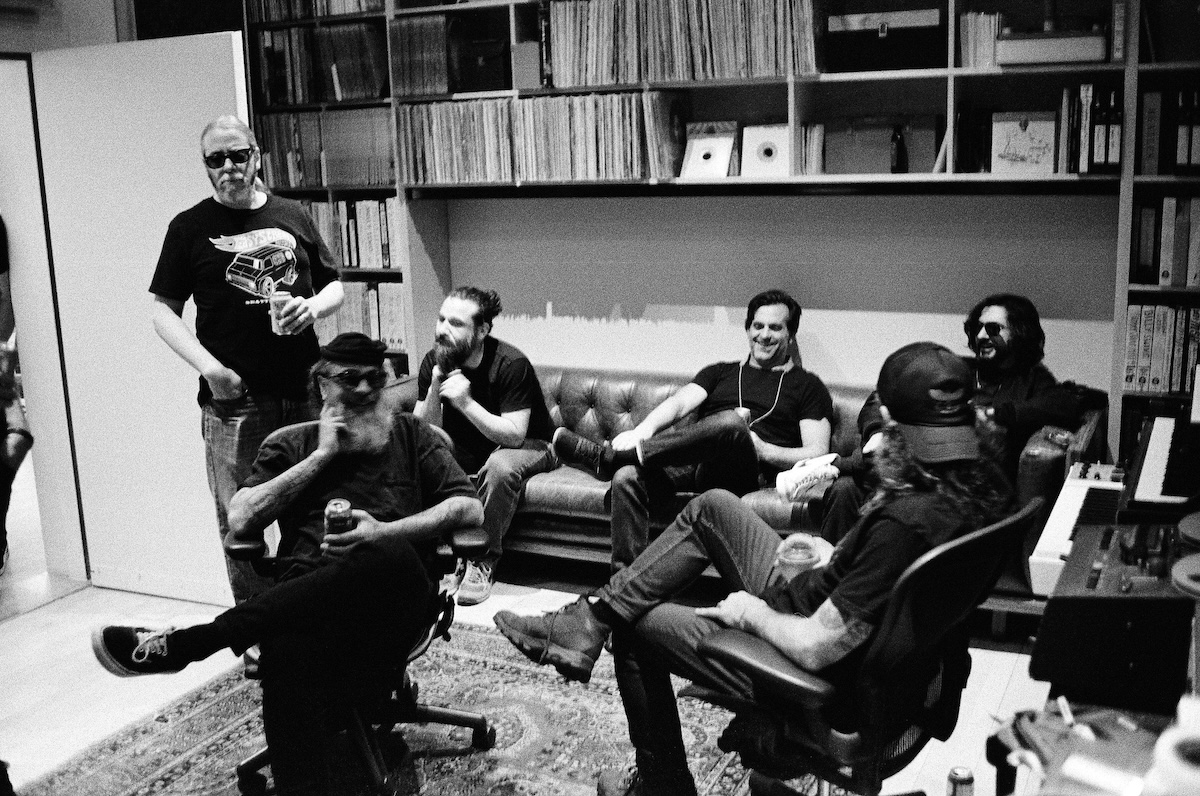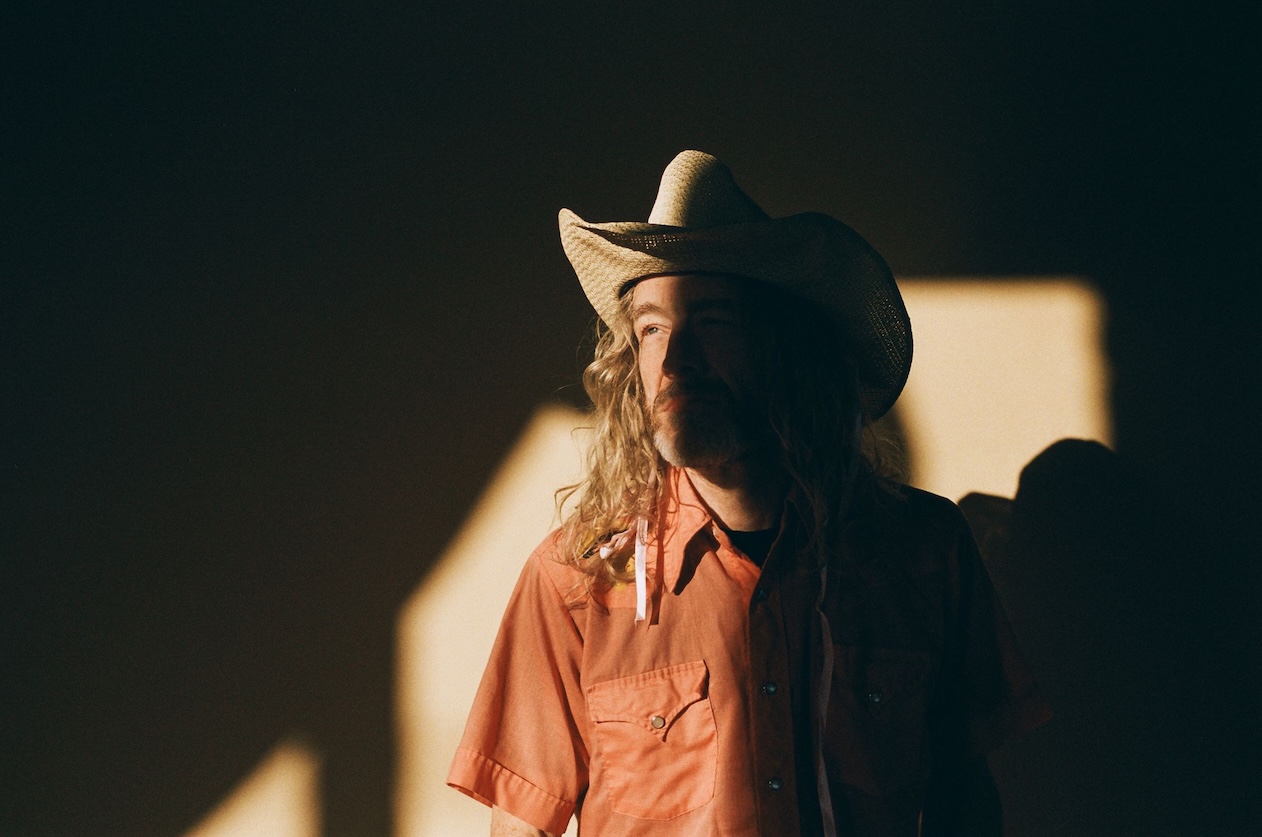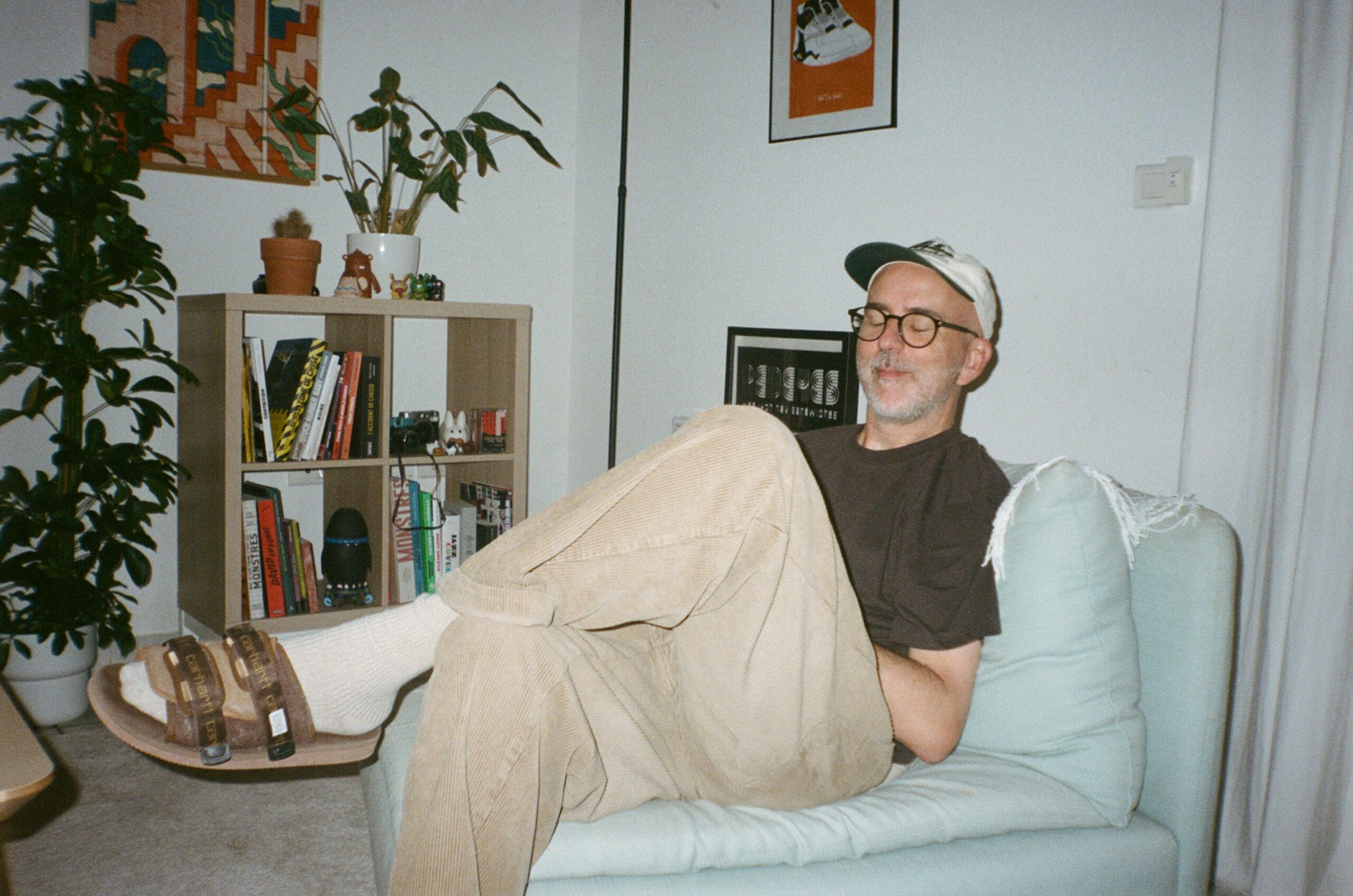Beyond the Iconic Line: “Here’s Looking at You, Kid.” – Casablanca
An empty tarmac. Fog swirls. A plane hums in the distance. And two lovers stand inches apart, knowing this is the end. Then, with one line—simple, bittersweet, and impossibly cool—he lets her go: “Here’s looking at you, kid.”It’s the kind of goodbye that doesn’t scream or beg or fall apart. It just lingers. In the air. In your chest. In movie history.But why does this one line from Casablanca, delivered in that gravel-smooth voice of Humphrey Bogart, still knock us sideways all these decades later? What makes it more than just a farewell? In this article, we’ll reach deep into the magic behind cinema’s most iconic goodbye, unpacking how it became a symbol of timeless love, quiet strength, and old-school cool that still gives modern movie moments a run for their money. - YouTube www.youtube.com The Scene in ContextBefore this unforgettable goodbye, Casablanca sets the stage with a love story tangled in war. Rick Blaine (Humphrey Bogart), a cynical nightclub owner in the titular Moroccan city during World War II, is shaken when Ilsa (Ingrid Bergman), his lost love, walks into his bar. She’s with her husband, Victor Laszlo (Paul Henreid), a resistance leader needing escape. And Rick? He holds the only tickets out.Everything builds to the fog-drenched airpoint scene. With a plane idling in the background, Rick makes his choice: he lets Ilsa go. It’s not what he wants, but it’s what's right. “Here’s looking at you, kid,” becomes his quiet, crushing goodbye.That moment defines Rick. The selfish, wounded man becomes someone noble. He sacrifices love for something bigger than himself. It’s the turning point that makes him unforgettable.Breaking Down “Here’s Looking at You, Kid”Some movie lines fade. This one lingers. “Here’s looking at you, kid.” It’s more than just a slick goodbye. In Casablanca, it starts out as a playful line from Rick to Ilsa during happier times in Paris. But when it comes back in that final, foggy farewell, it suddenly means everything. It’s love, loss, memory, all packed into five quiet words.Bogart doesn’t oversell it. He keeps it cool, barely letting the emotion crack through. And that’s what makes it hit so hard. He’s saying goodbye, but he’s also saying, “I remember, I care, I always will.” No grand gestures—just a line soaked in meaning.What’s beautiful is how it feels deeply personal, yet somehow universal. We’ve all had moments where words fail us, and we reach for something small that says it all. That’s why this one stuck.Subtext in ScreenwritingThis line is magical because it’s not flashy. It’s not a sweeping declaration of love, but somehow, it carries more weight than a thousand “I will love you forever” statements. That’s the power of subtext, the quiet art of saying everything without saying it.These words are goodbye, but these are also “thank you,” “I still love you,” “this is killing me,” and “go, live your life,” all wrapped into one. It sidesteps melodrama completely. The heartbreak is right there, just below the surface, and we feel it.Compare that to other famous movie farewells. Think about Gone With the Wind, when Rhett Butler throws out the icy, unforgettable “Frankly, my dear, I don’t give a damn,” or Titanic’s “I’ll never let go” moment—which, let’s be honest, is emotionally full throttle. Those lines are iconic, sure, but they wear their emotions loudly. Casablanca, on the other hand, whispers. And somehow the whisper lingers longer.Credit for that goes to the screenwriting dream team: Julius and Philip Epstein, along with Howard Koch. They knew that less is more, that the unsaid often says the most. Real emotion doesn’t always come in big, dramatic speeches. Sometimes, it’s just a look, a pause, and a quiet line that stays with you forever.Behind the LineMost people won’t know this, but quite a bit of behind-the-scenes magic went into making this moment land. Let’s take a quick trip back to the ‘40s, behind the camera of Casablanca, and peek into what it really took to bring that iconic goodbye to life.Director Michael Curtiz had a gift for visual storytelling. For the final goodbye scene, he wanted emotion without overdoing it—just enough fog, just the right expressions, and camera angles that made it all feel heartbreakingly real.There were challenges, too. Ingrid Bergman was taller than Humphrey Bogart, so either Bogart would stand on apple boxes or Bergman would lower her posture. It sounds small, but it made a difference on-screen.The script underwent several revisions. According to screenwriter Howard Koch, the actors often didn’t know the full scene until the day they shot it. That unpredictability could have helped them keep their performances fresh and raw.As for the famous line—nope, Bogart didn’t improvise it. It was 100% in the script. In short, that relaxed, real-world charm was totally planned. Good acting just made it seem effortless.How This Line Lives On Even Today“Here’s looking at you, kid” is pop culture royalty. Shows like The Simpsons and
An empty tarmac. Fog swirls. A plane hums in the distance. And two lovers stand inches apart, knowing this is the end. Then, with one line—simple, bittersweet, and impossibly cool—he lets her go: “Here’s looking at you, kid.”
It’s the kind of goodbye that doesn’t scream or beg or fall apart. It just lingers. In the air. In your chest. In movie history.
But why does this one line from Casablanca, delivered in that gravel-smooth voice of Humphrey Bogart, still knock us sideways all these decades later? What makes it more than just a farewell?
In this article, we’ll reach deep into the magic behind cinema’s most iconic goodbye, unpacking how it became a symbol of timeless love, quiet strength, and old-school cool that still gives modern movie moments a run for their money.
- YouTube www.youtube.com
The Scene in Context
Before this unforgettable goodbye, Casablanca sets the stage with a love story tangled in war. Rick Blaine (Humphrey Bogart), a cynical nightclub owner in the titular Moroccan city during World War II, is shaken when Ilsa (Ingrid Bergman), his lost love, walks into his bar. She’s with her husband, Victor Laszlo (Paul Henreid), a resistance leader needing escape. And Rick? He holds the only tickets out.
Everything builds to the fog-drenched airpoint scene. With a plane idling in the background, Rick makes his choice: he lets Ilsa go. It’s not what he wants, but it’s what's right. “Here’s looking at you, kid,” becomes his quiet, crushing goodbye.
That moment defines Rick. The selfish, wounded man becomes someone noble. He sacrifices love for something bigger than himself. It’s the turning point that makes him unforgettable.
Breaking Down “Here’s Looking at You, Kid”
Some movie lines fade. This one lingers. “Here’s looking at you, kid.” It’s more than just a slick goodbye. In Casablanca, it starts out as a playful line from Rick to Ilsa during happier times in Paris.
But when it comes back in that final, foggy farewell, it suddenly means everything. It’s love, loss, memory, all packed into five quiet words.
Bogart doesn’t oversell it. He keeps it cool, barely letting the emotion crack through. And that’s what makes it hit so hard. He’s saying goodbye, but he’s also saying, “I remember, I care, I always will.” No grand gestures—just a line soaked in meaning.
What’s beautiful is how it feels deeply personal, yet somehow universal. We’ve all had moments where words fail us, and we reach for something small that says it all. That’s why this one stuck.
Subtext in Screenwriting
This line is magical because it’s not flashy. It’s not a sweeping declaration of love, but somehow, it carries more weight than a thousand “I will love you forever” statements. That’s the power of subtext, the quiet art of saying everything without saying it.
These words are goodbye, but these are also “thank you,” “I still love you,” “this is killing me,” and “go, live your life,” all wrapped into one. It sidesteps melodrama completely. The heartbreak is right there, just below the surface, and we feel it.
Compare that to other famous movie farewells. Think about Gone With the Wind, when Rhett Butler throws out the icy, unforgettable “Frankly, my dear, I don’t give a damn,” or Titanic’s “I’ll never let go” moment—which, let’s be honest, is emotionally full throttle.
Those lines are iconic, sure, but they wear their emotions loudly. Casablanca, on the other hand, whispers. And somehow the whisper lingers longer.
Credit for that goes to the screenwriting dream team: Julius and Philip Epstein, along with Howard Koch. They knew that less is more, that the unsaid often says the most. Real emotion doesn’t always come in big, dramatic speeches. Sometimes, it’s just a look, a pause, and a quiet line that stays with you forever.
Behind the Line
Most people won’t know this, but quite a bit of behind-the-scenes magic went into making this moment land. Let’s take a quick trip back to the ‘40s, behind the camera of Casablanca, and peek into what it really took to bring that iconic goodbye to life.
Director Michael Curtiz had a gift for visual storytelling. For the final goodbye scene, he wanted emotion without overdoing it—just enough fog, just the right expressions, and camera angles that made it all feel heartbreakingly real.
There were challenges, too. Ingrid Bergman was taller than Humphrey Bogart, so either Bogart would stand on apple boxes or Bergman would lower her posture. It sounds small, but it made a difference on-screen.
The script underwent several revisions. According to screenwriter Howard Koch, the actors often didn’t know the full scene until the day they shot it. That unpredictability could have helped them keep their performances fresh and raw.
As for the famous line—nope, Bogart didn’t improvise it. It was 100% in the script. In short, that relaxed, real-world charm was totally planned. Good acting just made it seem effortless.
How This Line Lives On Even Today
- “Here’s looking at you, kid” is pop culture royalty. Shows like The Simpsons and Family Guy and films like When Harry Met Sally love referencing it, either to parody or to pay homage.
- It set the gold standard for cool, emotional goodbyes. Think The Godfather’s nod or La La Land’s final glance—quiet, powerful farewells that linger.
- Filmmakers still chase that vibe. Why? Because that kind of goodbye sticks. It’s stylish, subtle, and packed with emotion without being dramatic.
- The line lives on because it taught cinema that the most unforgettable goodbyes don’t need much—just heart, timing, and a little mystery.
Here’s Looking at You, Kid
There’s a reason Casablanca’s farewell still feels like it was written yesterday. It’s not just a line, it’s a feeling. It’s the kind of moment where writing, directing, and acting all come together so perfectly, you forget you’re watching a movie. That final goodbye captured the heartbreak, hope, and elegance of an entire era.
And, honestly? That kind of magic doesn’t come around often.





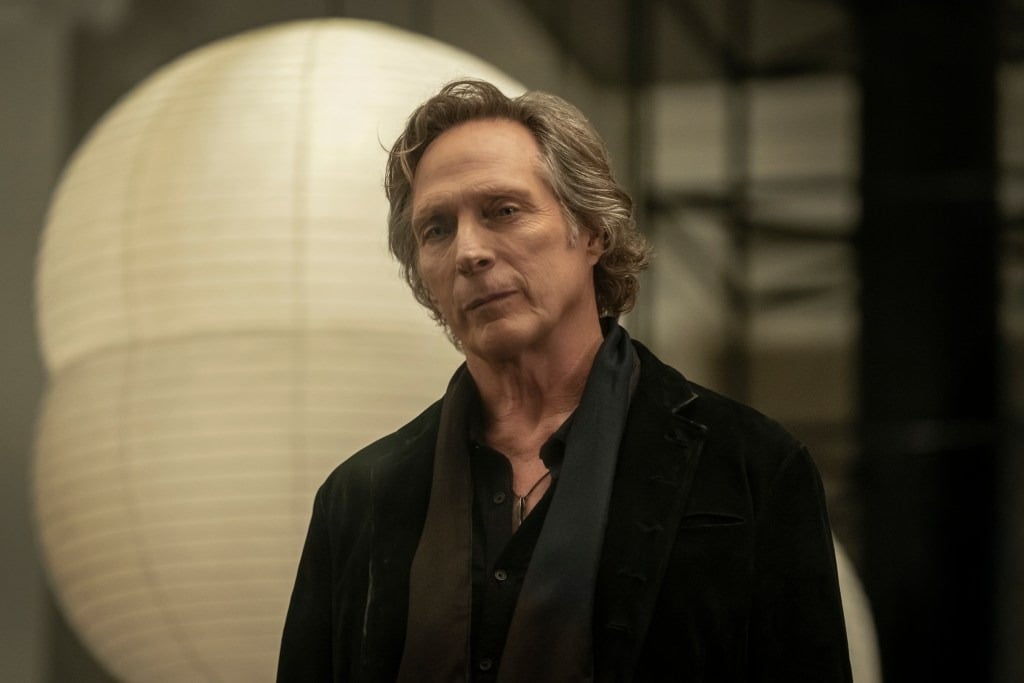




















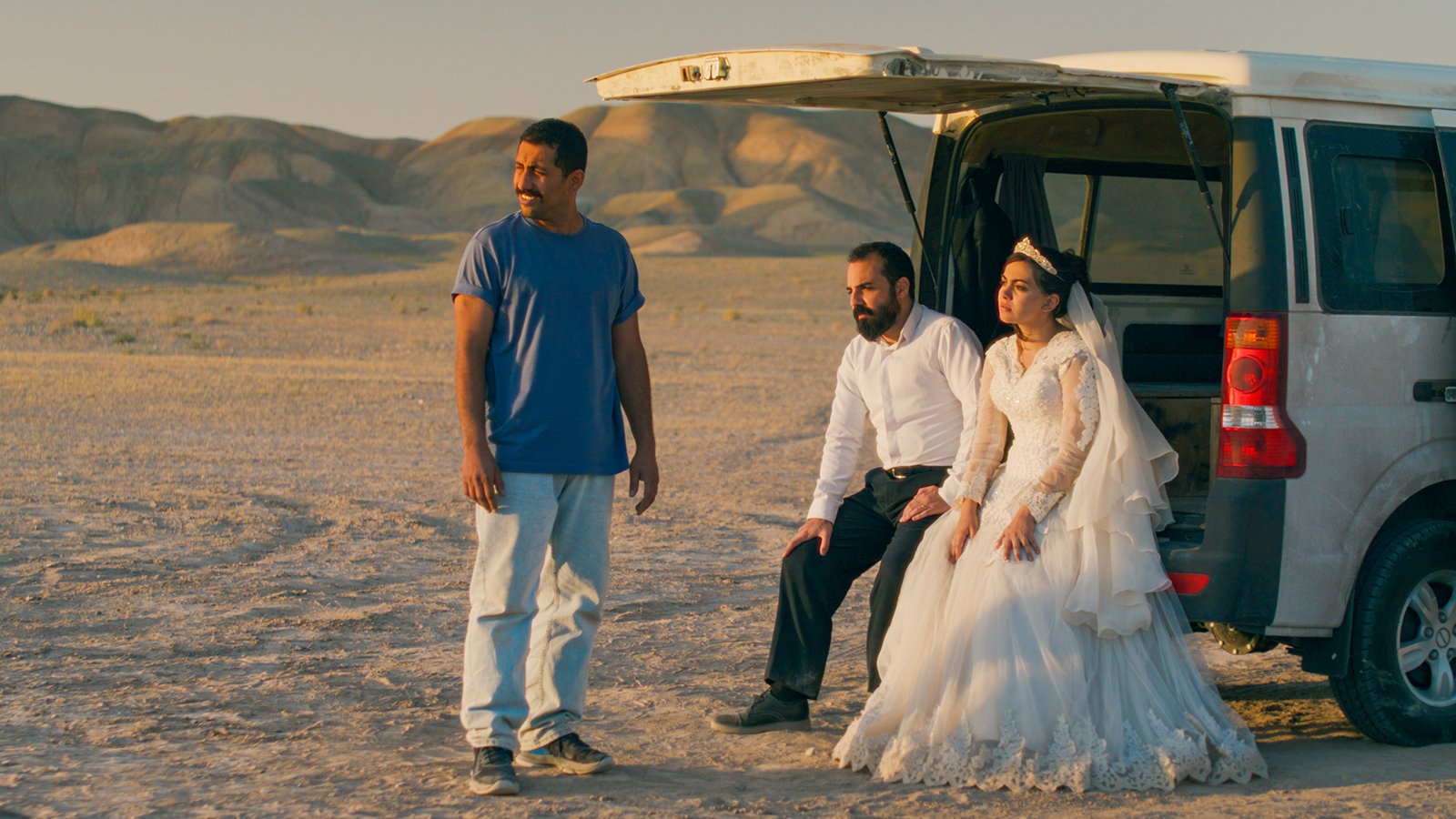

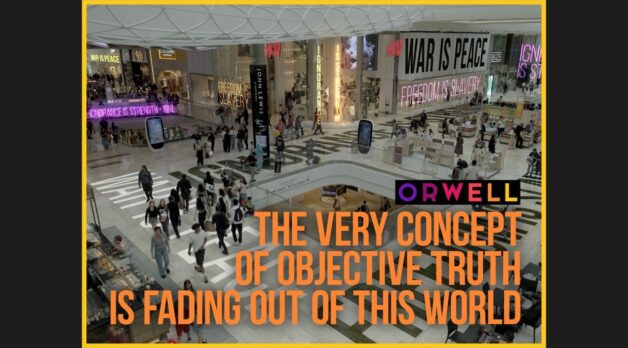
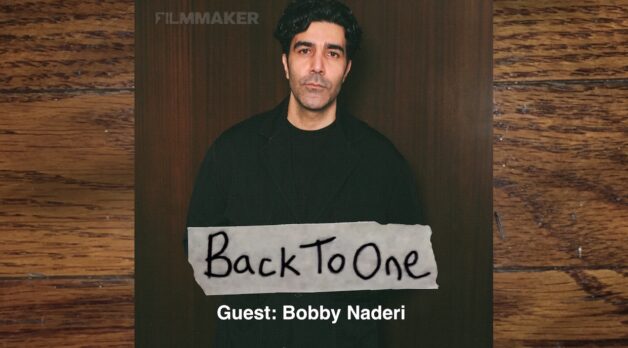
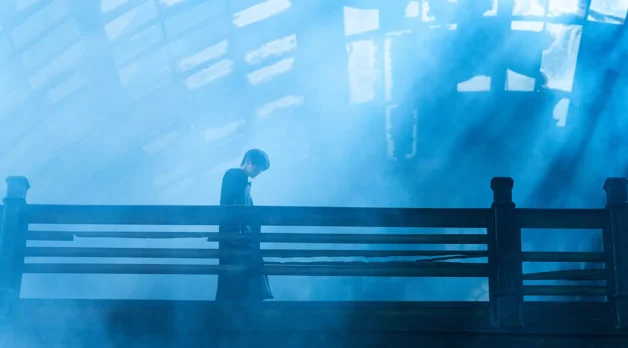
















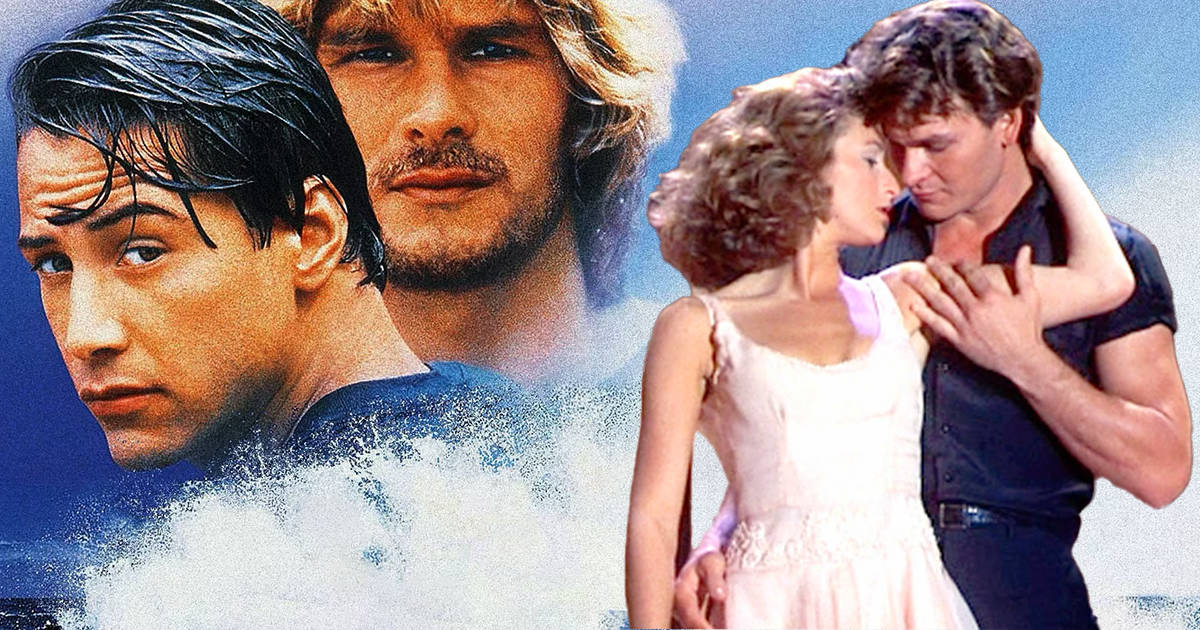




![Everywar [THE RAGGEDY RAWNEY]](https://jonathanrosenbaum.net/wp-content/uploads/2011/08/theraggedyrawney-scope.jpg)
![Touch of Class [TITANIC]](https://jonathanrosenbaum.net/wp-content/uploads/2011/12/titanic-drawing.jpg)
![Lost in the Desert [THE SHELTERING SKY]](https://jonathanrosenbaum.net/wp-content/uploads/2011/07/the_sheltering_sky.jpg)
![The Man Who Fell to Sleep [SWITCH]](https://jonathanrosenbaum.net/wp-content/uploads/2011/04/switch-barkin.jpg)
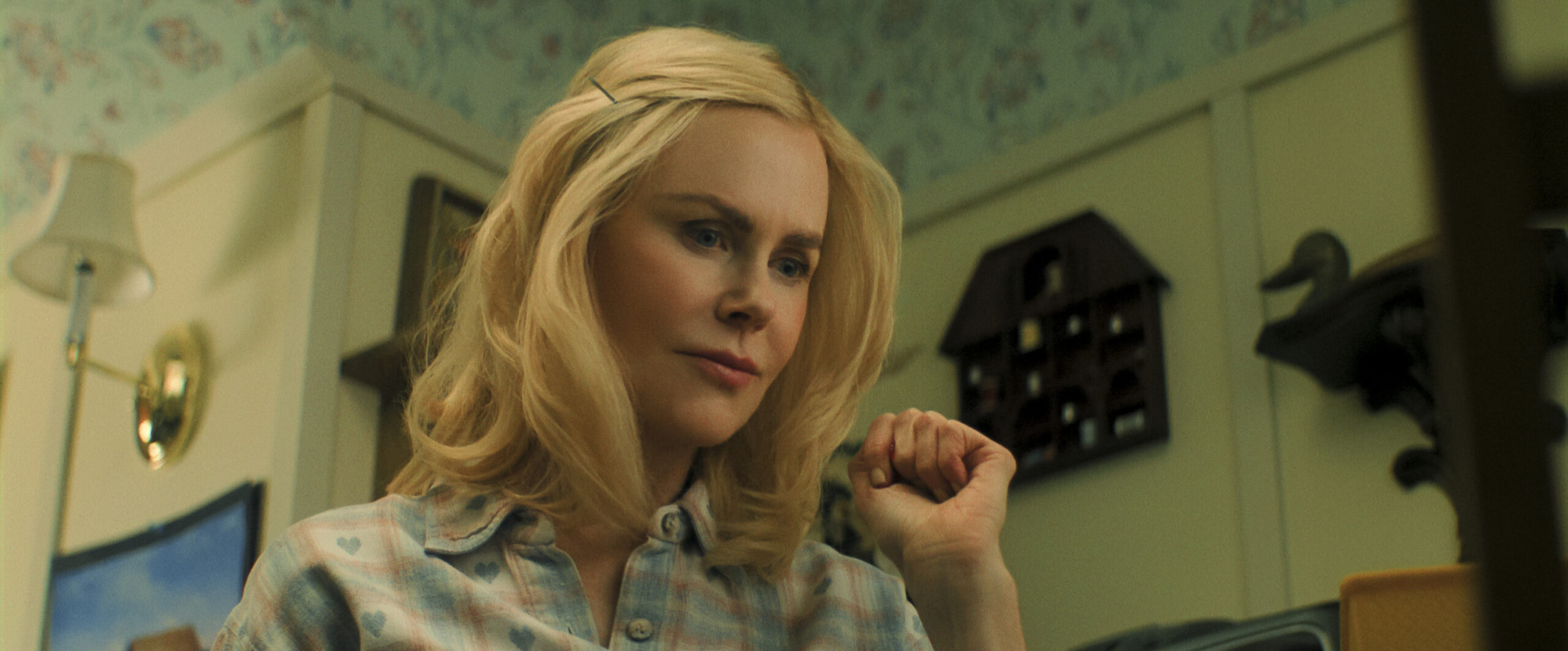
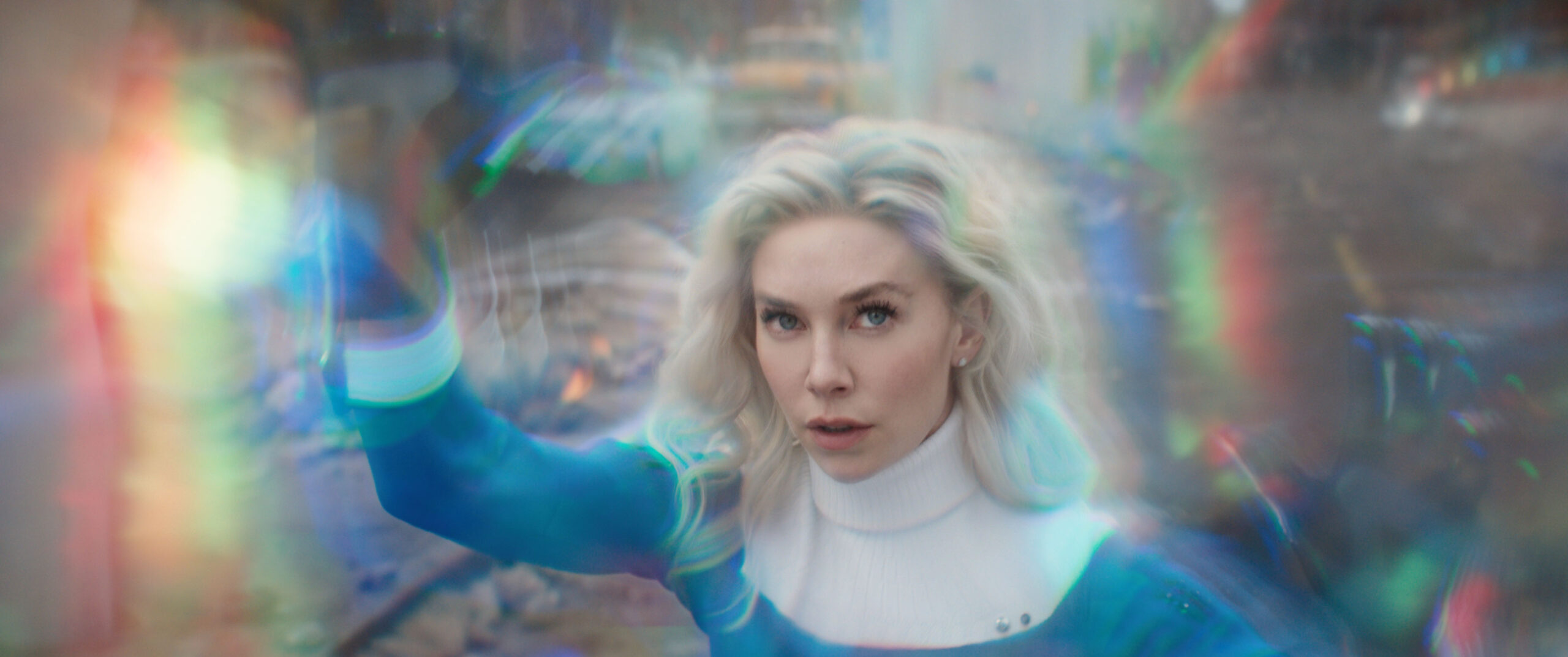
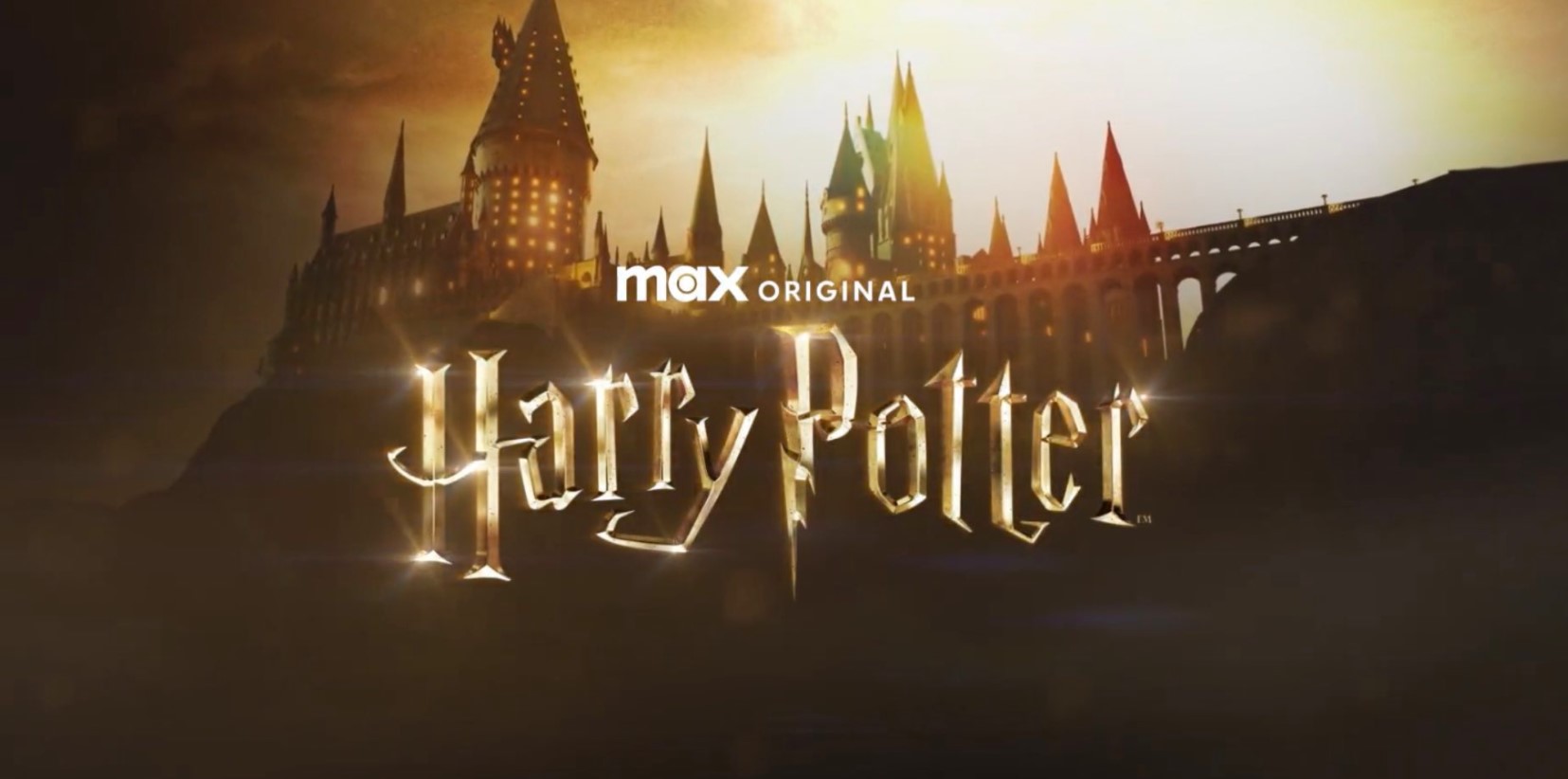



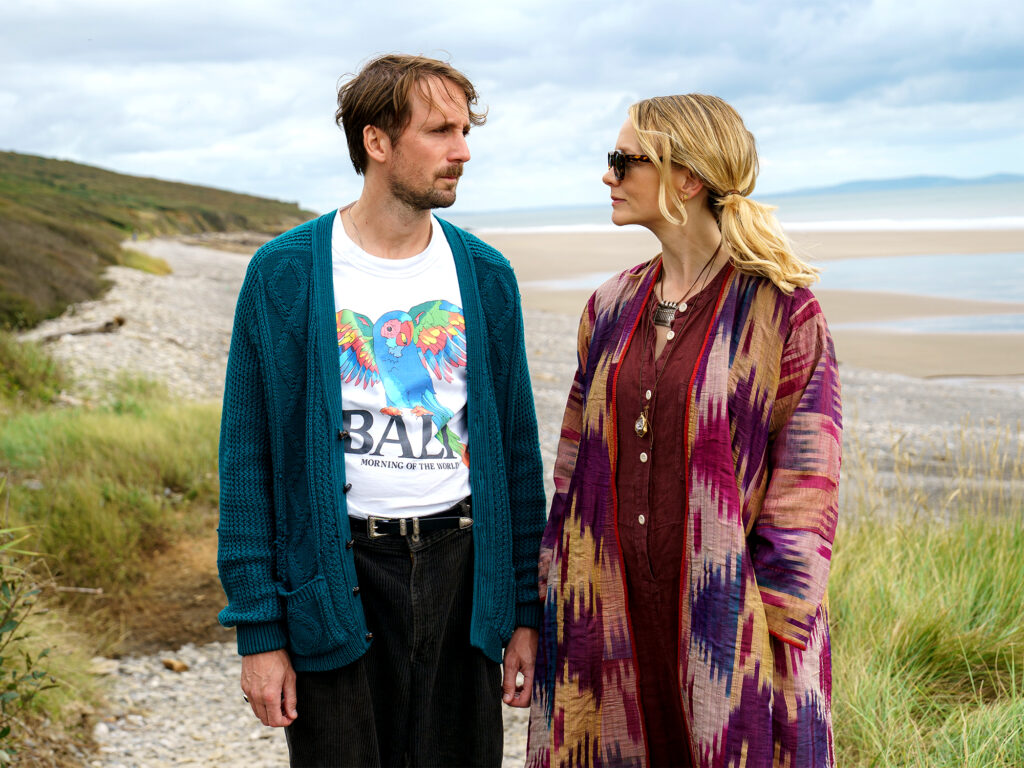









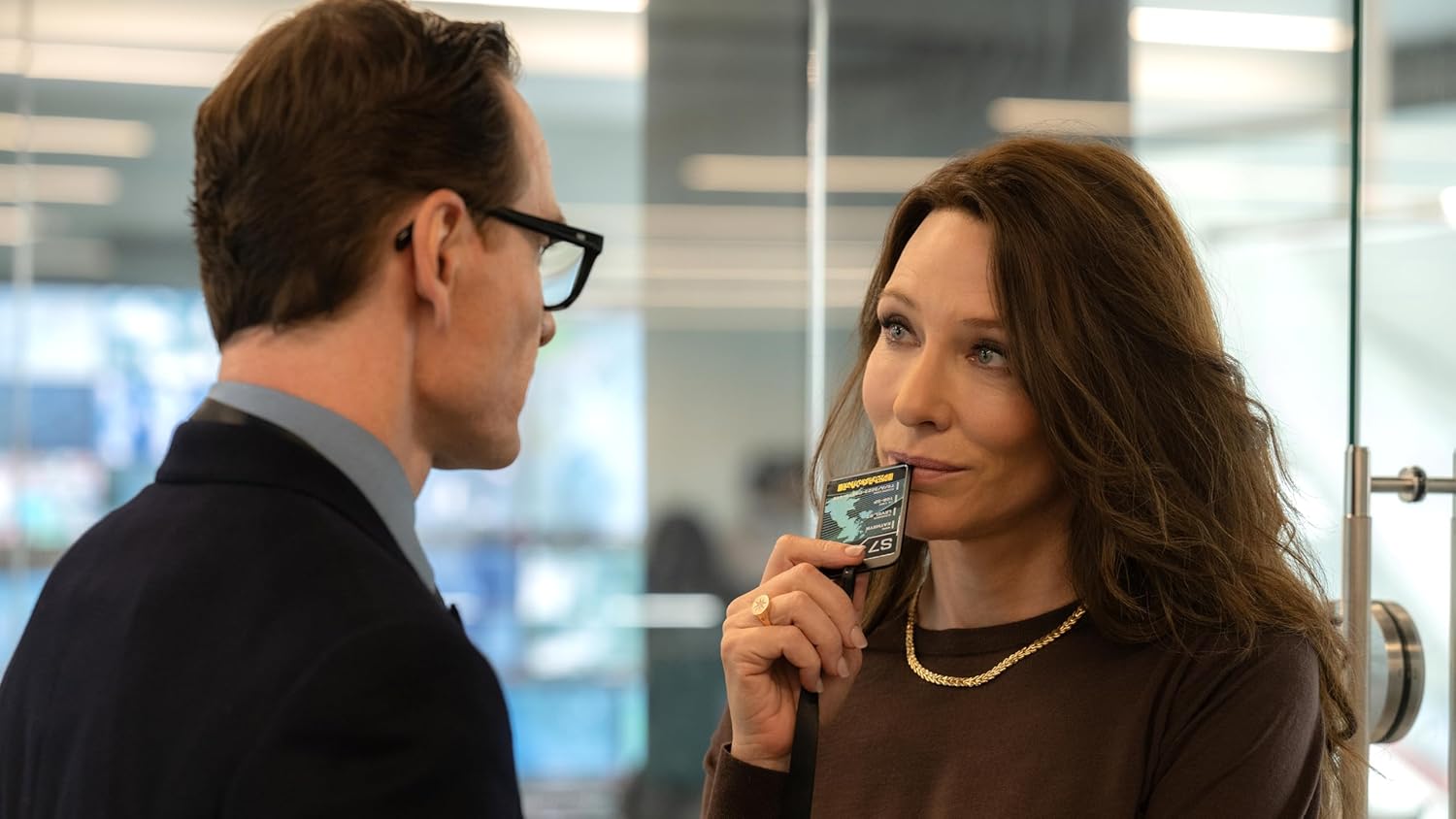

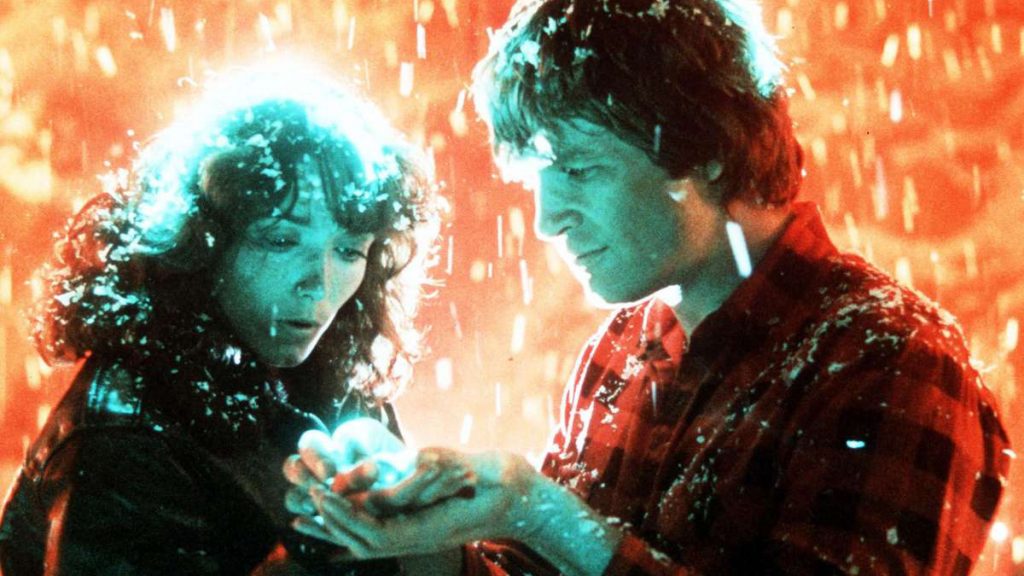
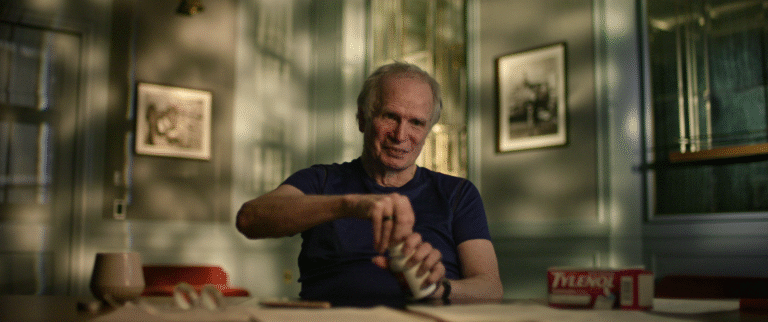





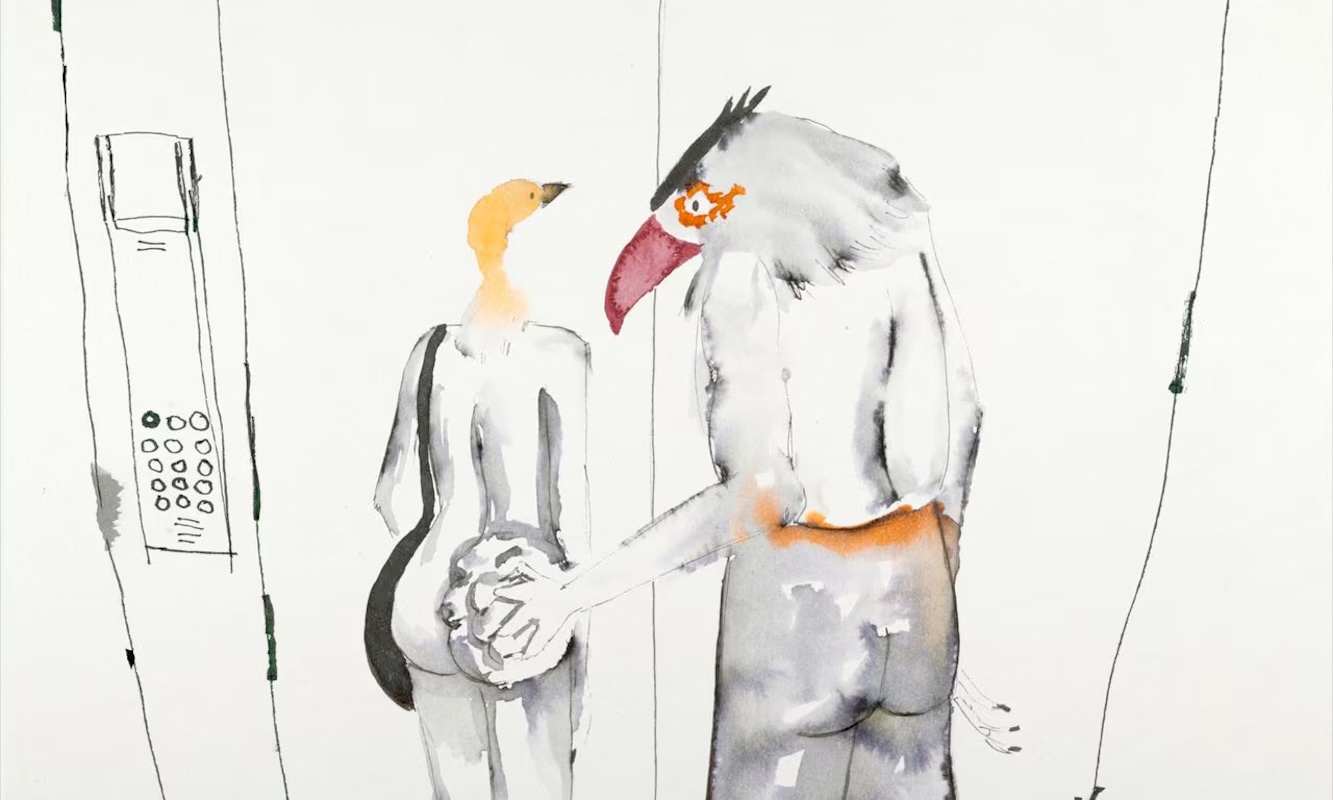
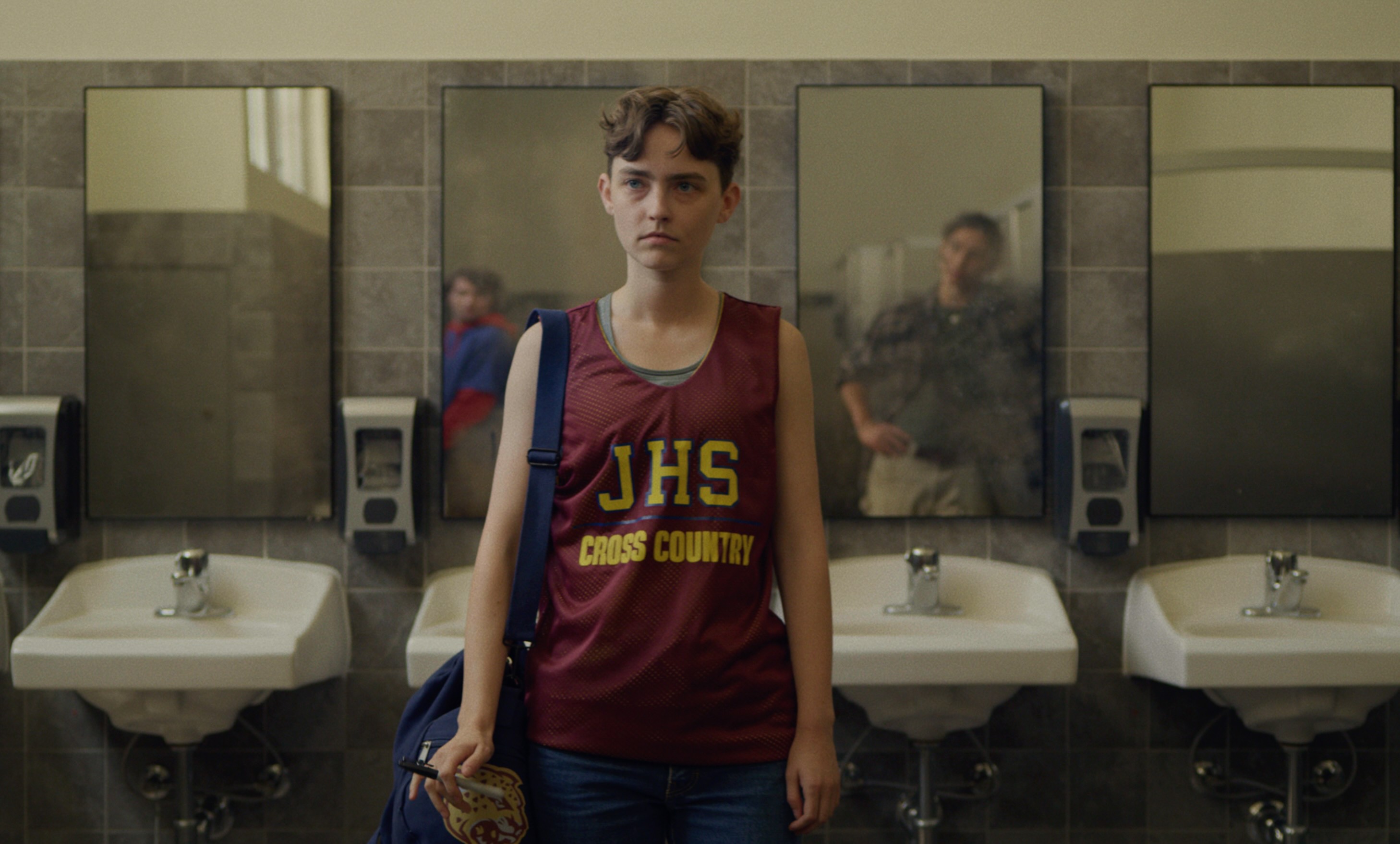

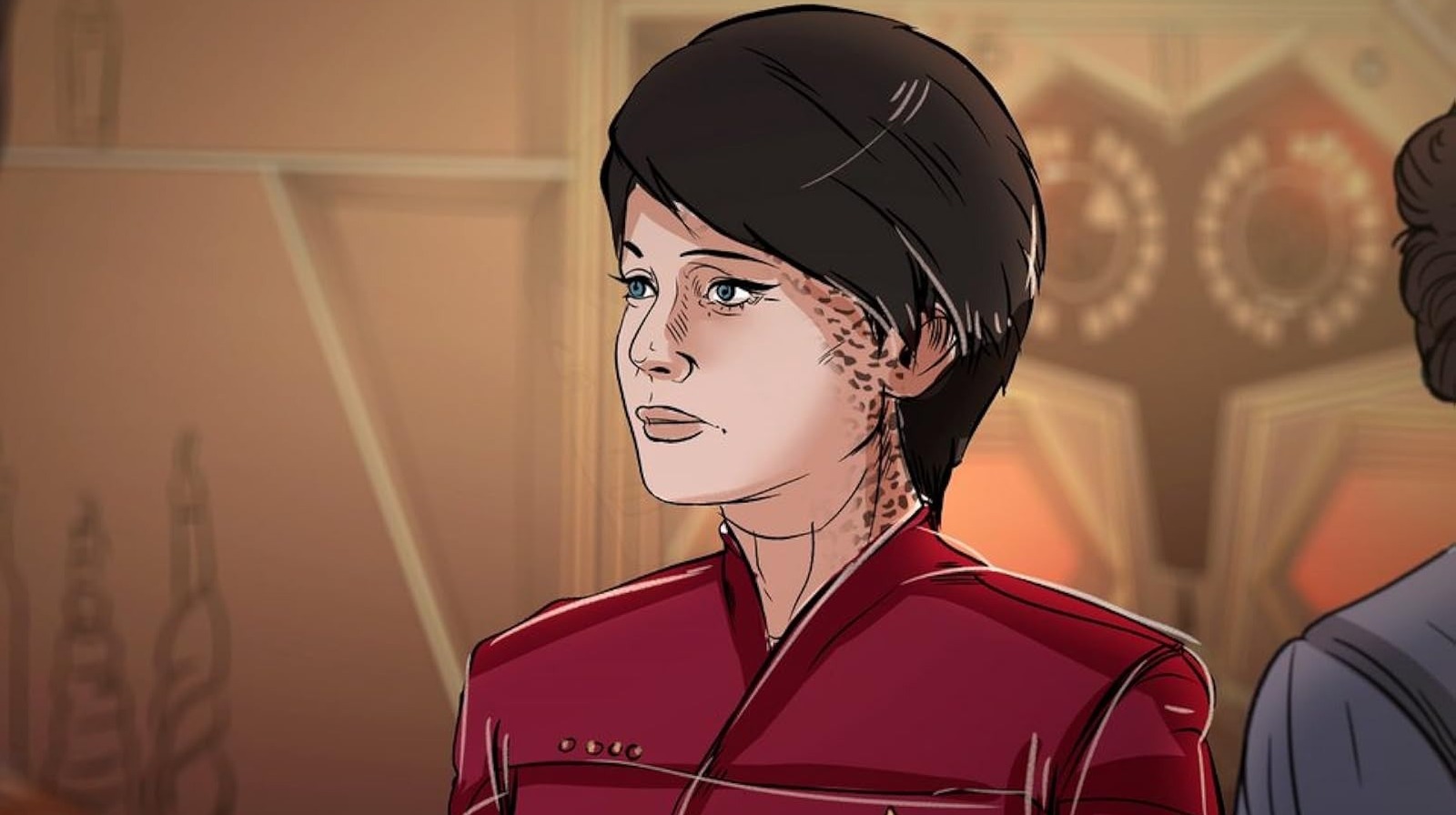
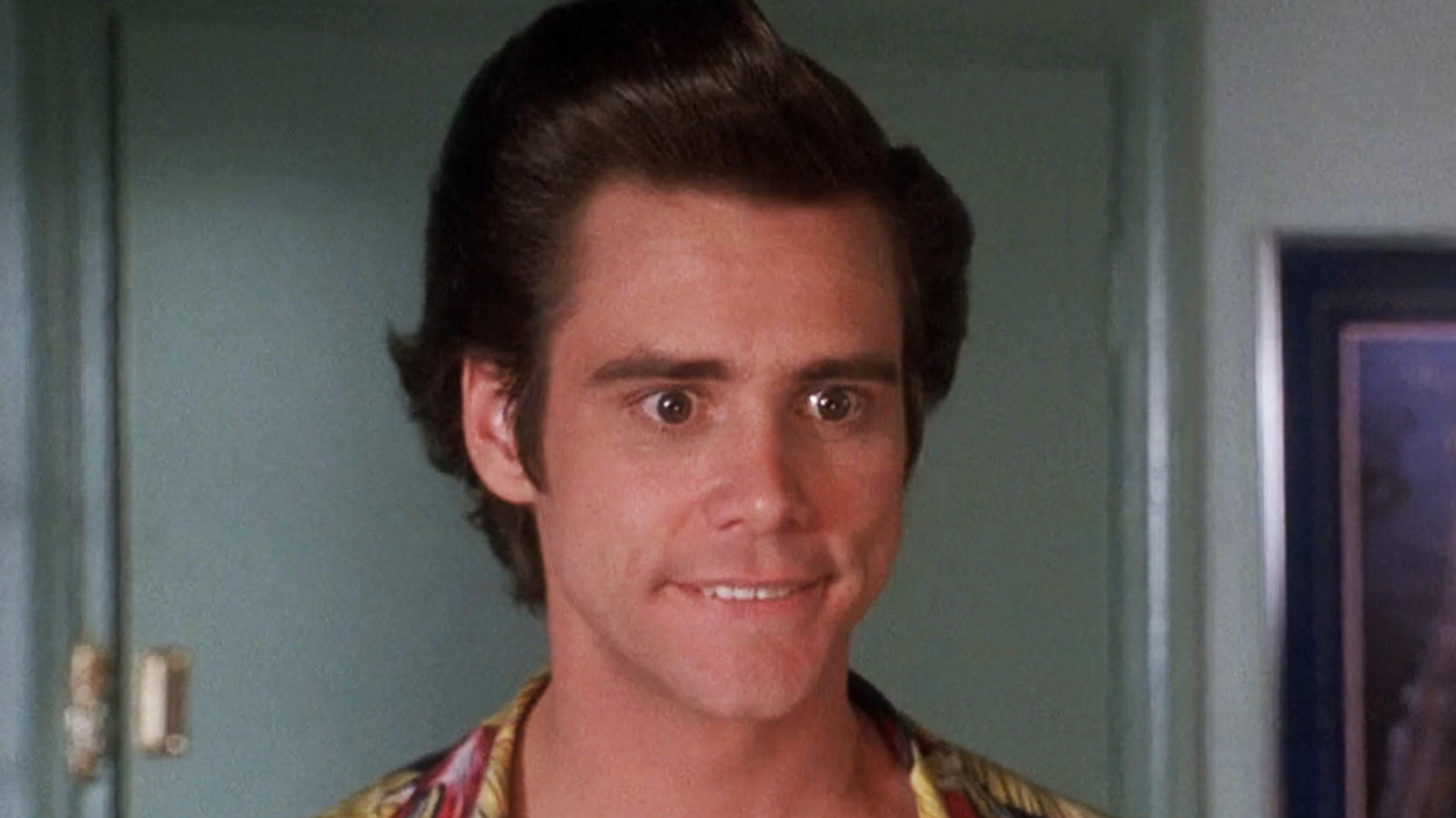
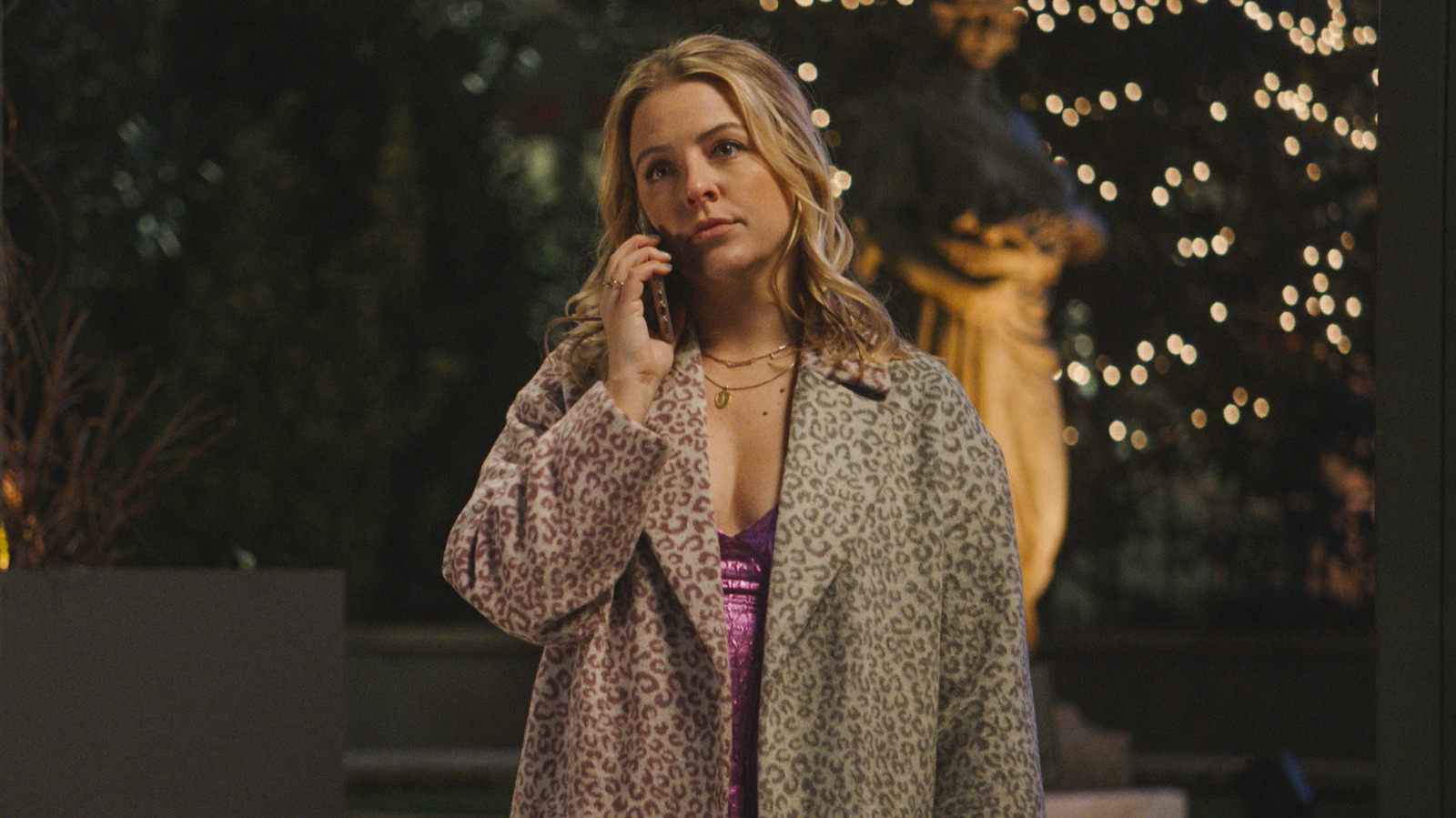
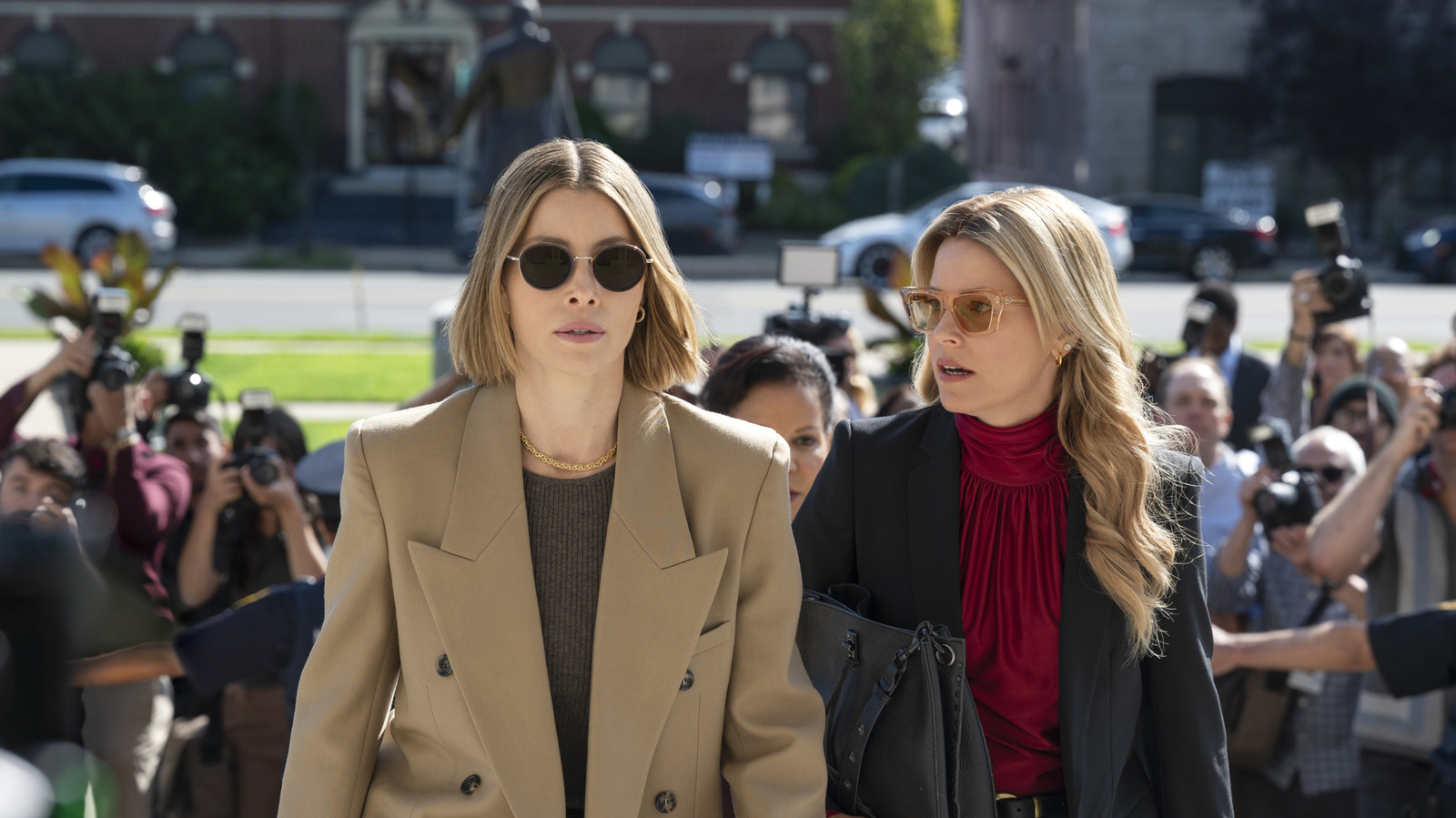








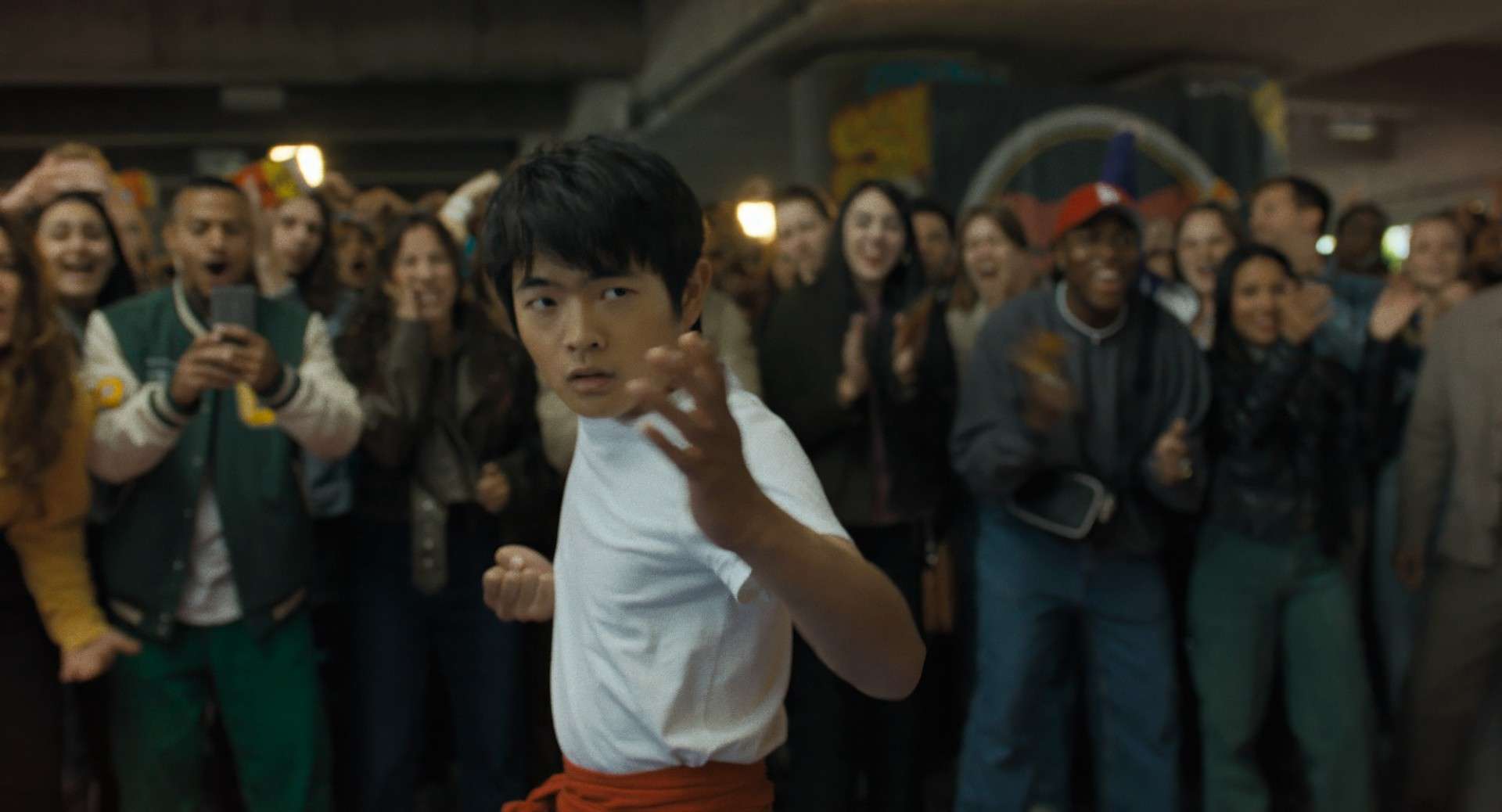

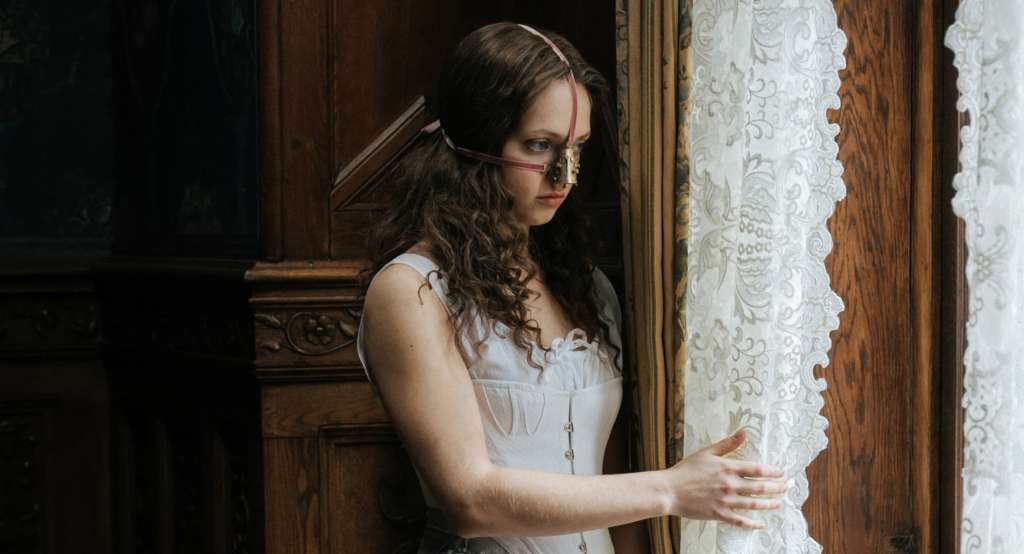
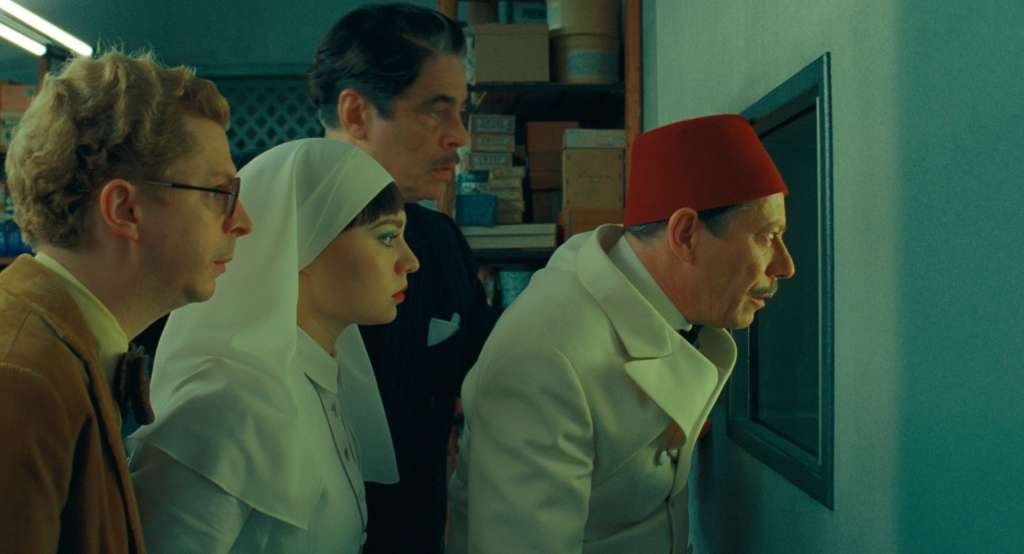
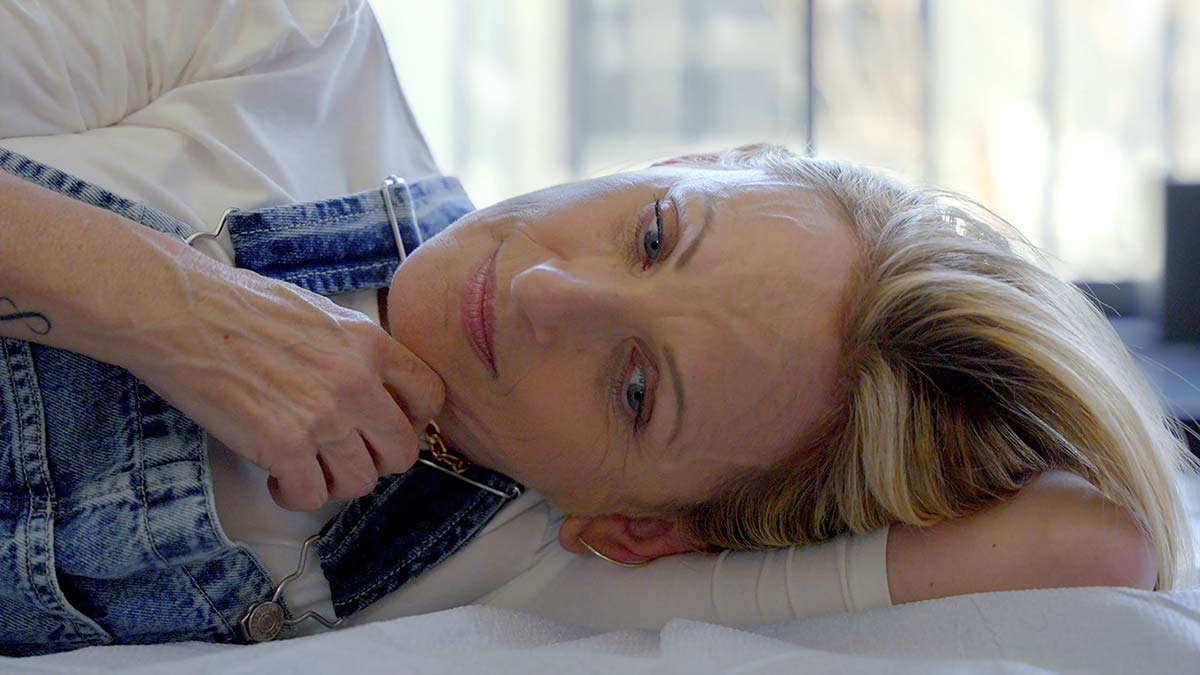
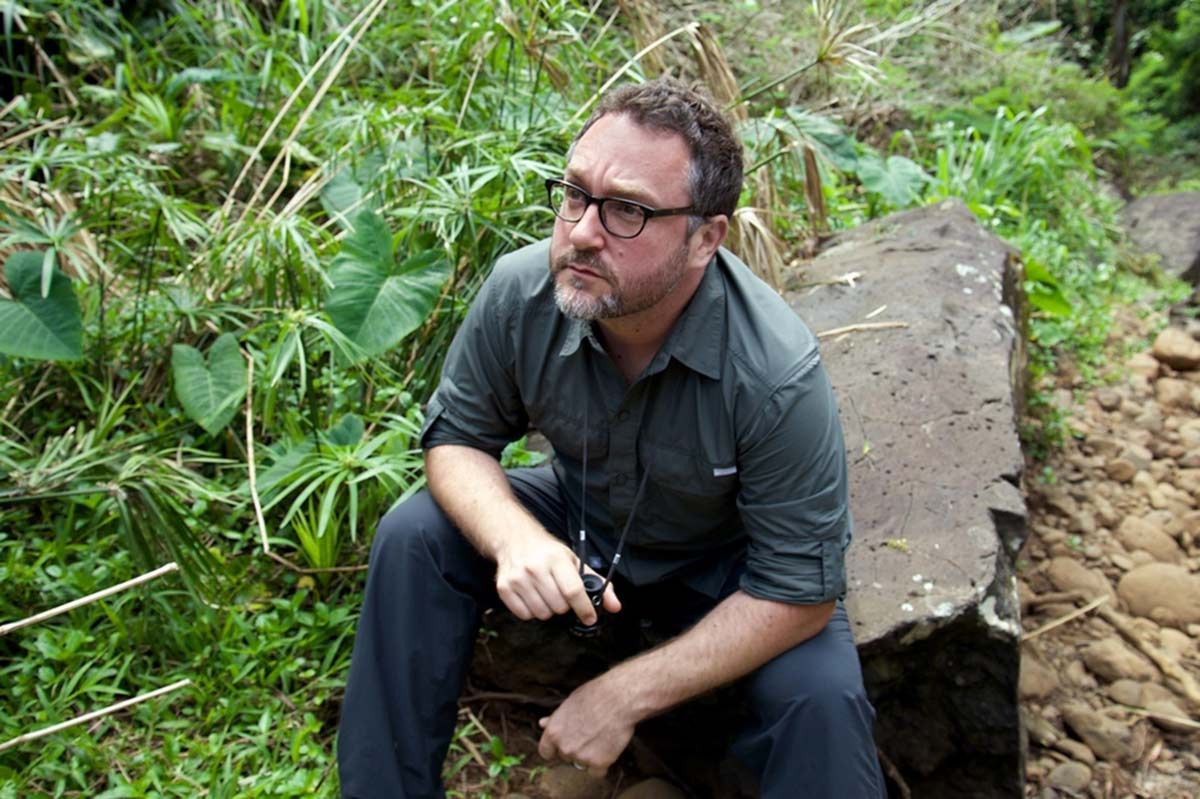
![‘Andor’ Season 2: Genevieve O’Reilly On Mon Mothma’s Masks, Loss & Legacy, & Finally Getting Her Moment [The Rogue Ones Podcast]](https://cdn.theplaylist.net/wp-content/uploads/2025/05/30145243/PGM2-131986_R-2.jpg)
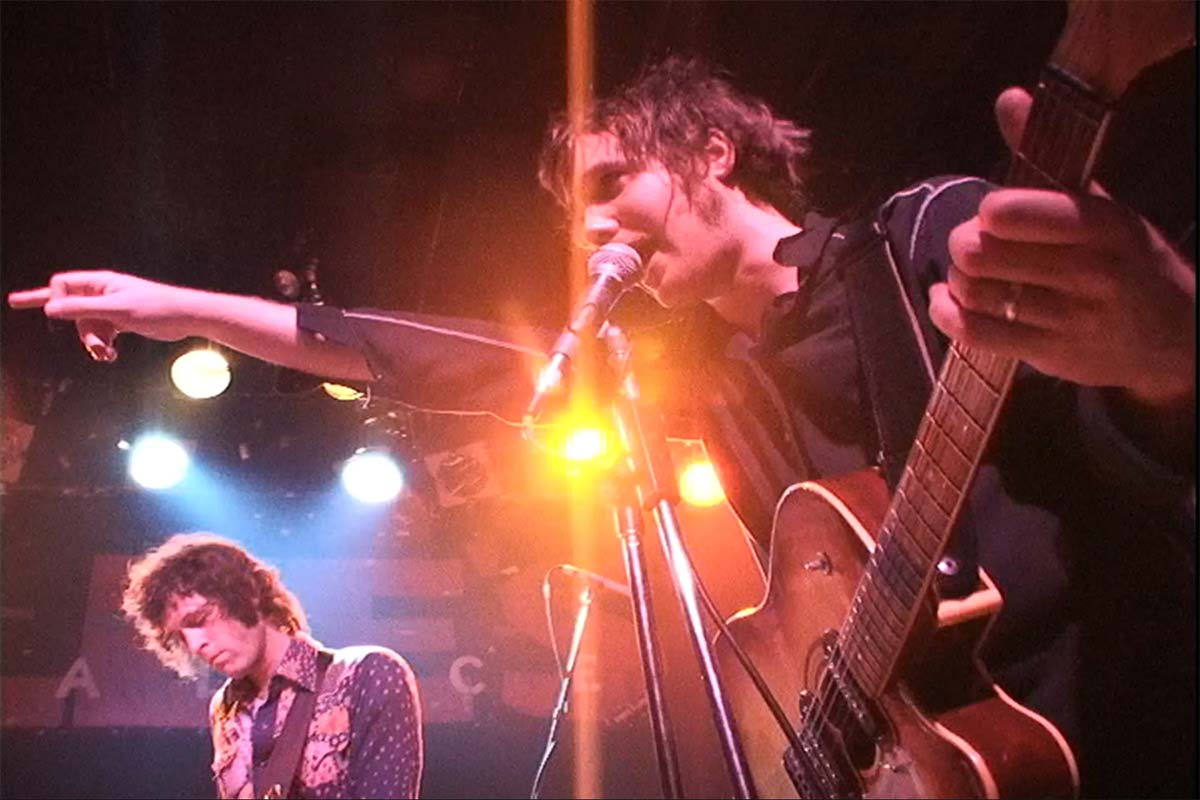





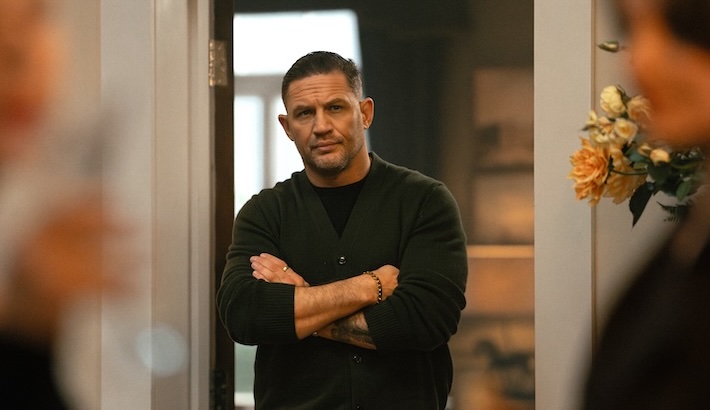


![“I’m Sober!” United Passenger Yells—Then Tries To Bite Police At DFW [Roundup]](https://viewfromthewing.com/wp-content/uploads/2025/05/drunk-united-passenger-at-dfw.jpg?#)
































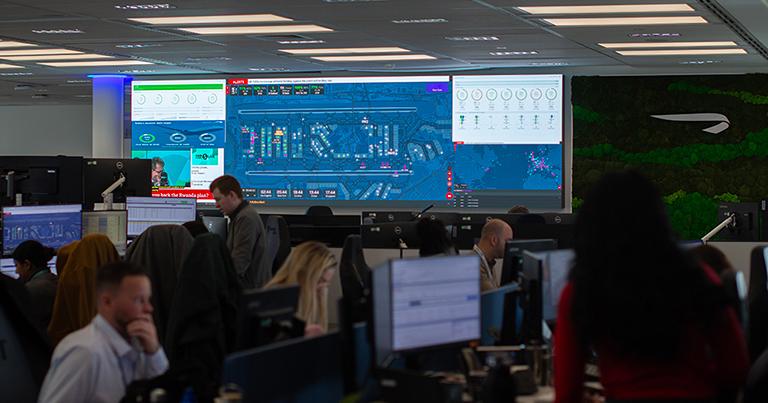


































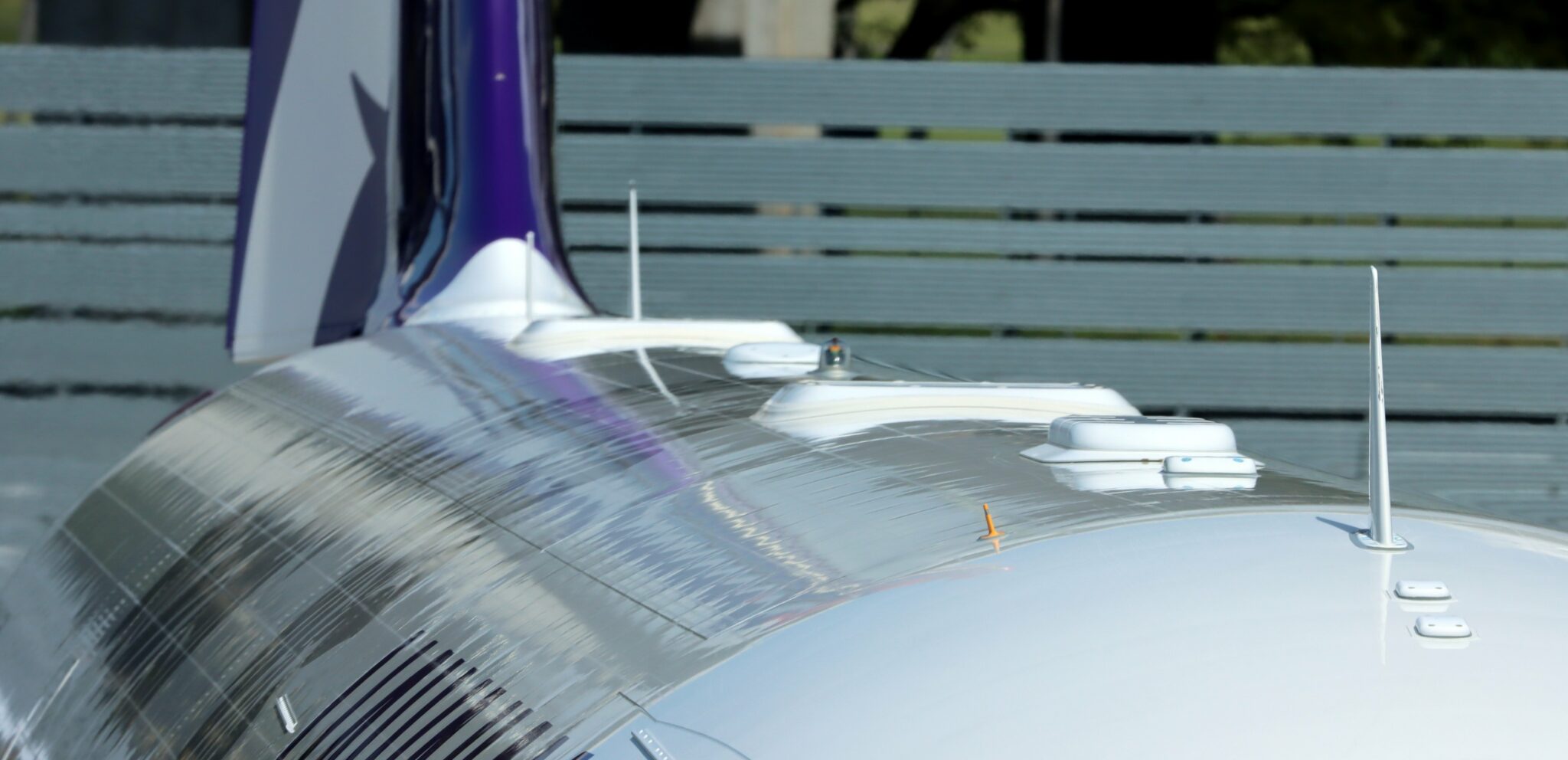



















































.png?width=1920&height=1920&fit=bounds&quality=70&format=jpg&auto=webp#)



.png?width=1920&height=1920&fit=bounds&quality=70&format=jpg&auto=webp#)












